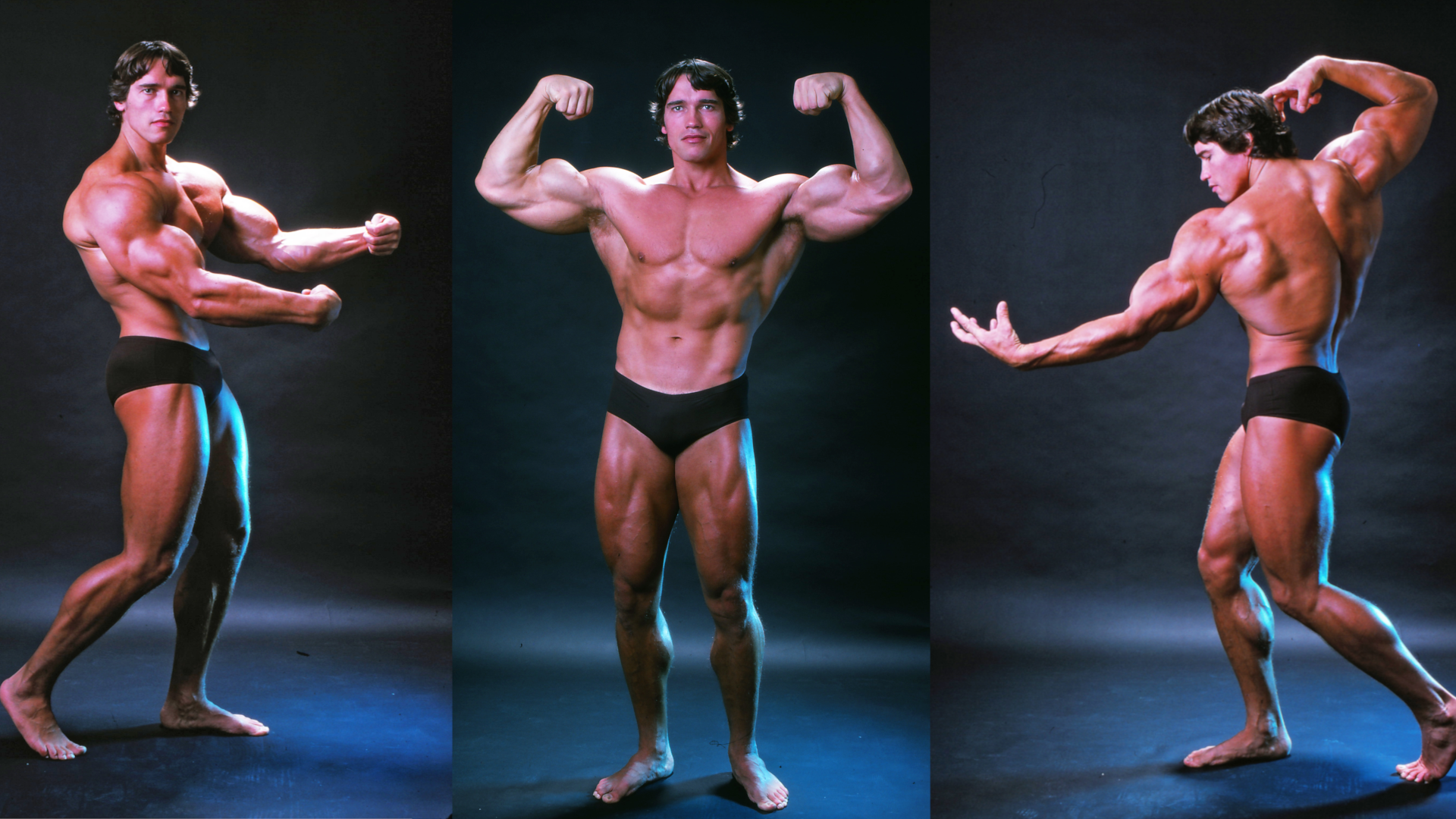Workouts
The latest Workouts breaking news, comment, reviews and features from the experts at T3
-
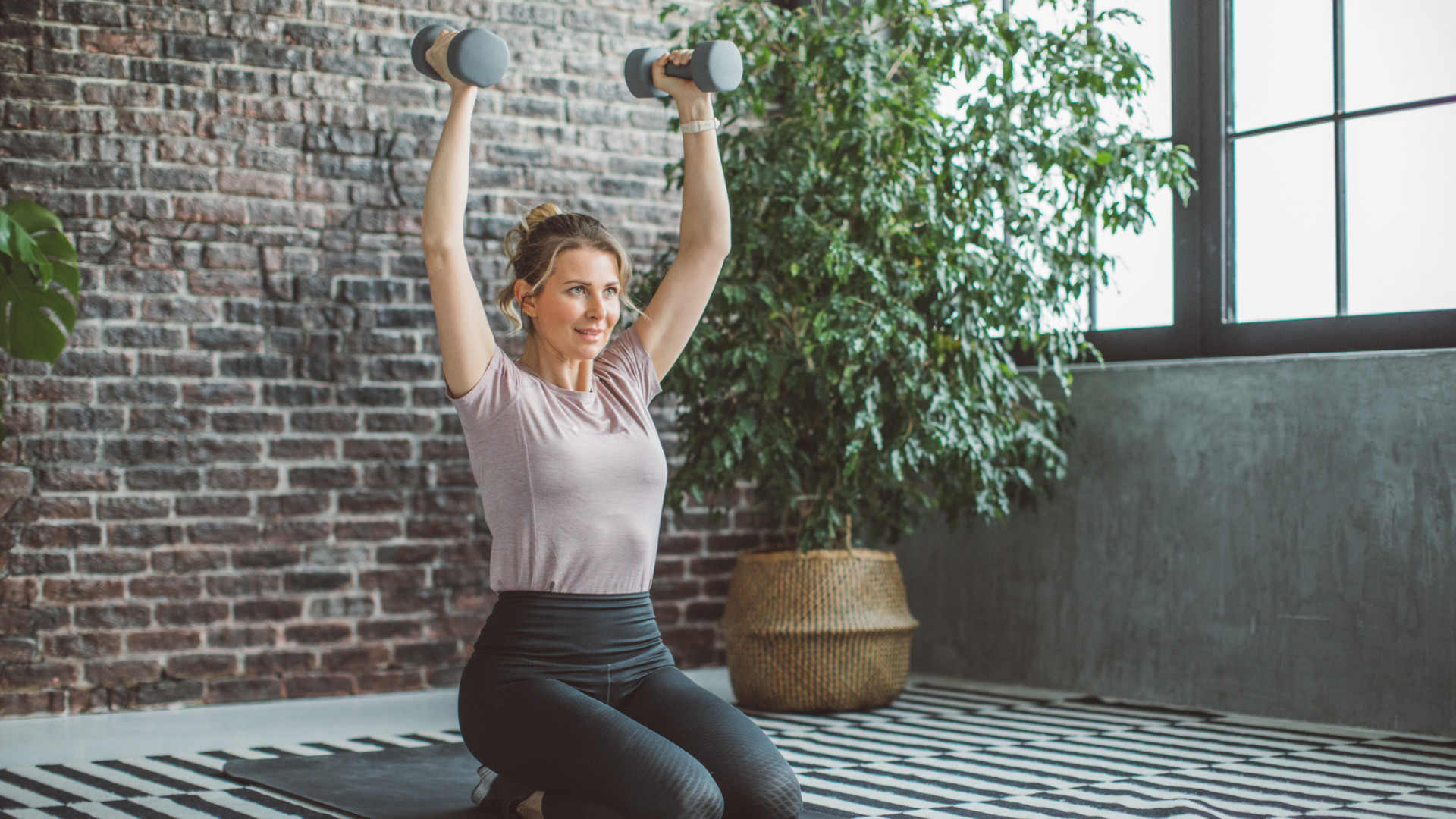
Sculpt your arms and shoulders with this low-impact, strength-style Pilates workout
These four simple dumbbell exercises will help leave your upper body toned and stronger
By Bryony Firth-Bernard Published
-
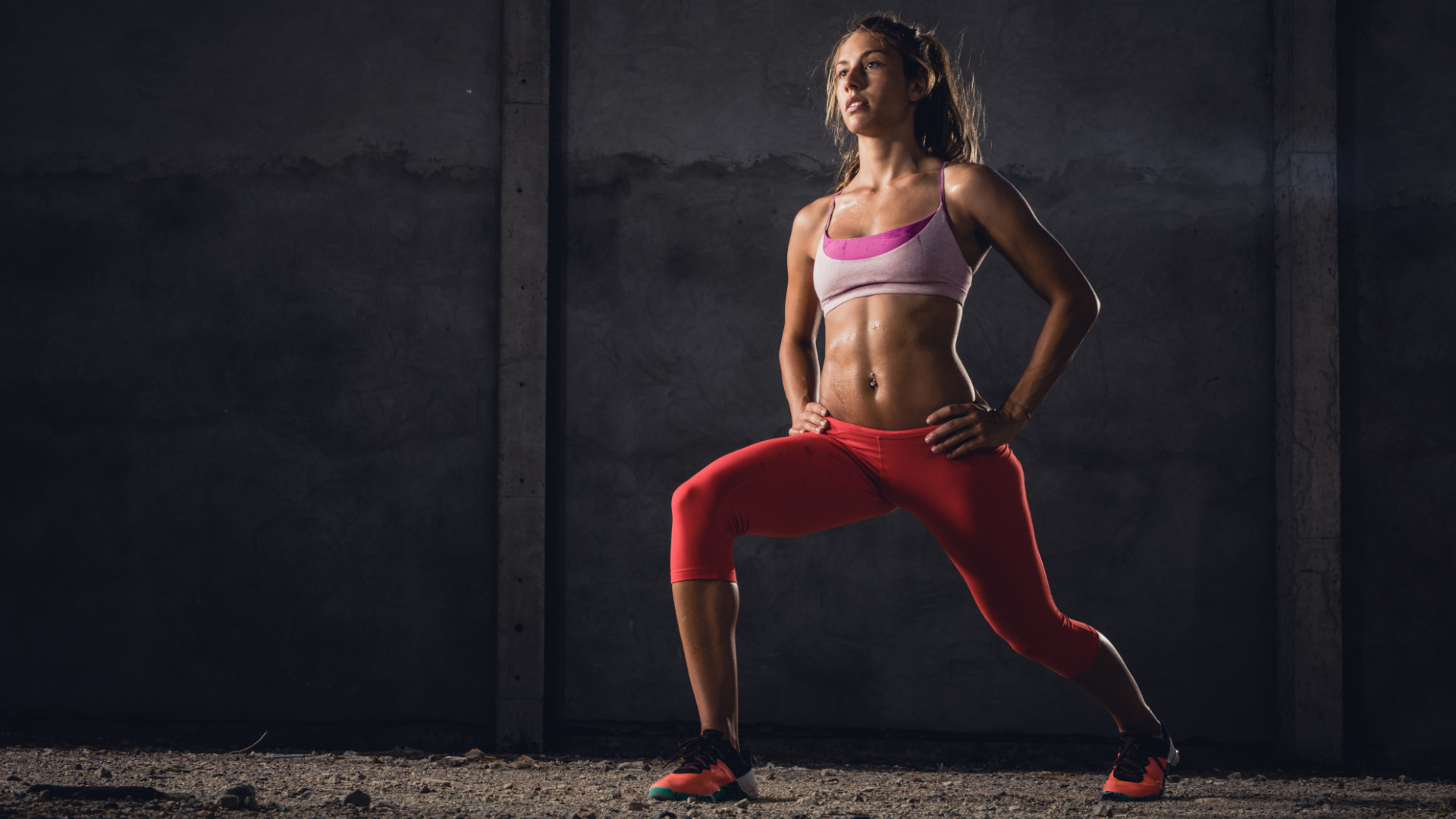
This two-move no-run cardio workout blasts through calories and builds strength all over
No need to run to get fit, this bodyweight workout ramps up the heart rate for a calorie burning boost
By Bryony Firth-Bernard Published
-
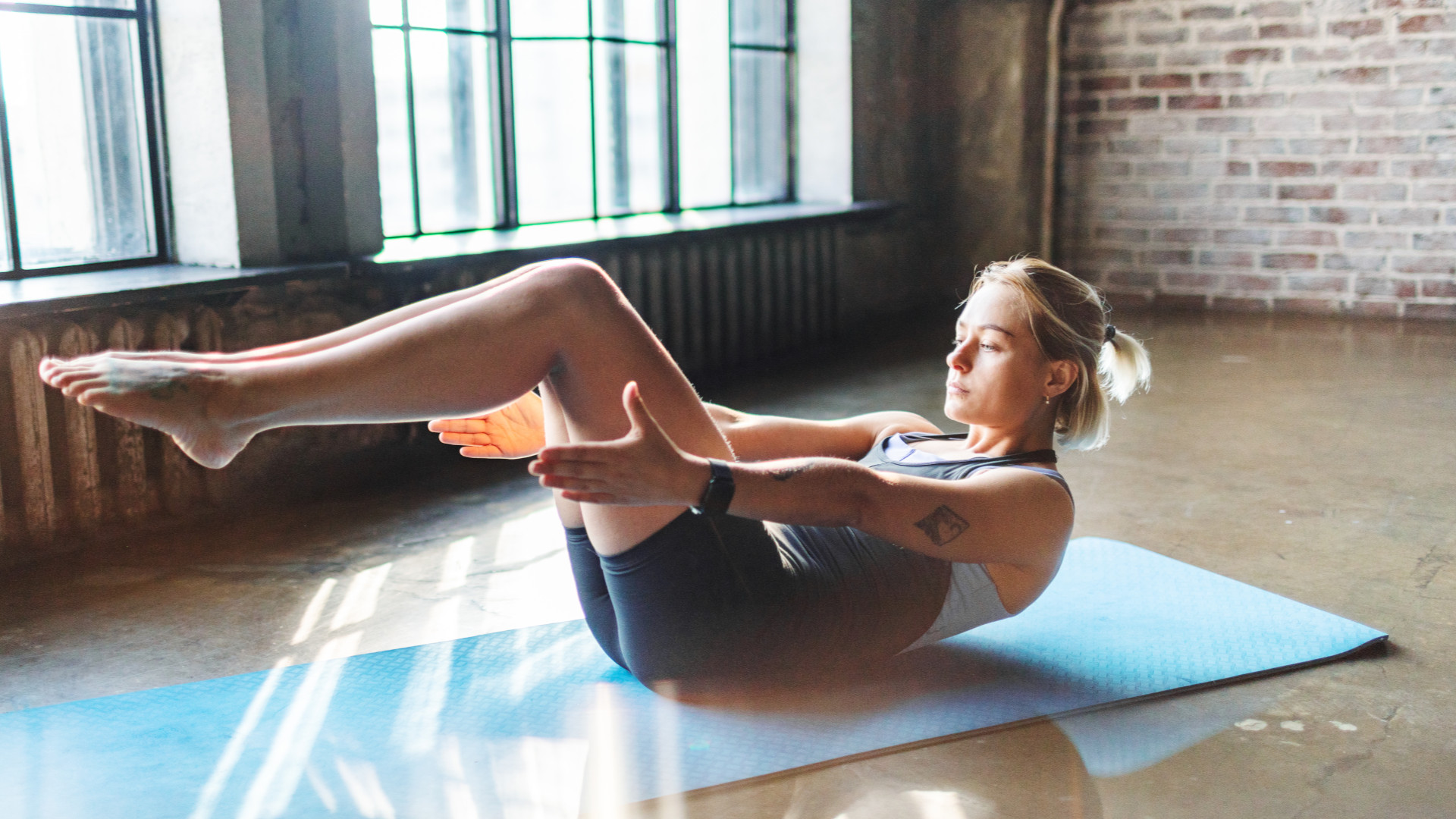
This no-plank, three-move bodyweight workout builds serious core strength and stability
A fitness expert says these exercises build core strength like a gymnast – impressive!
By Bryony Firth-Bernard Published
-
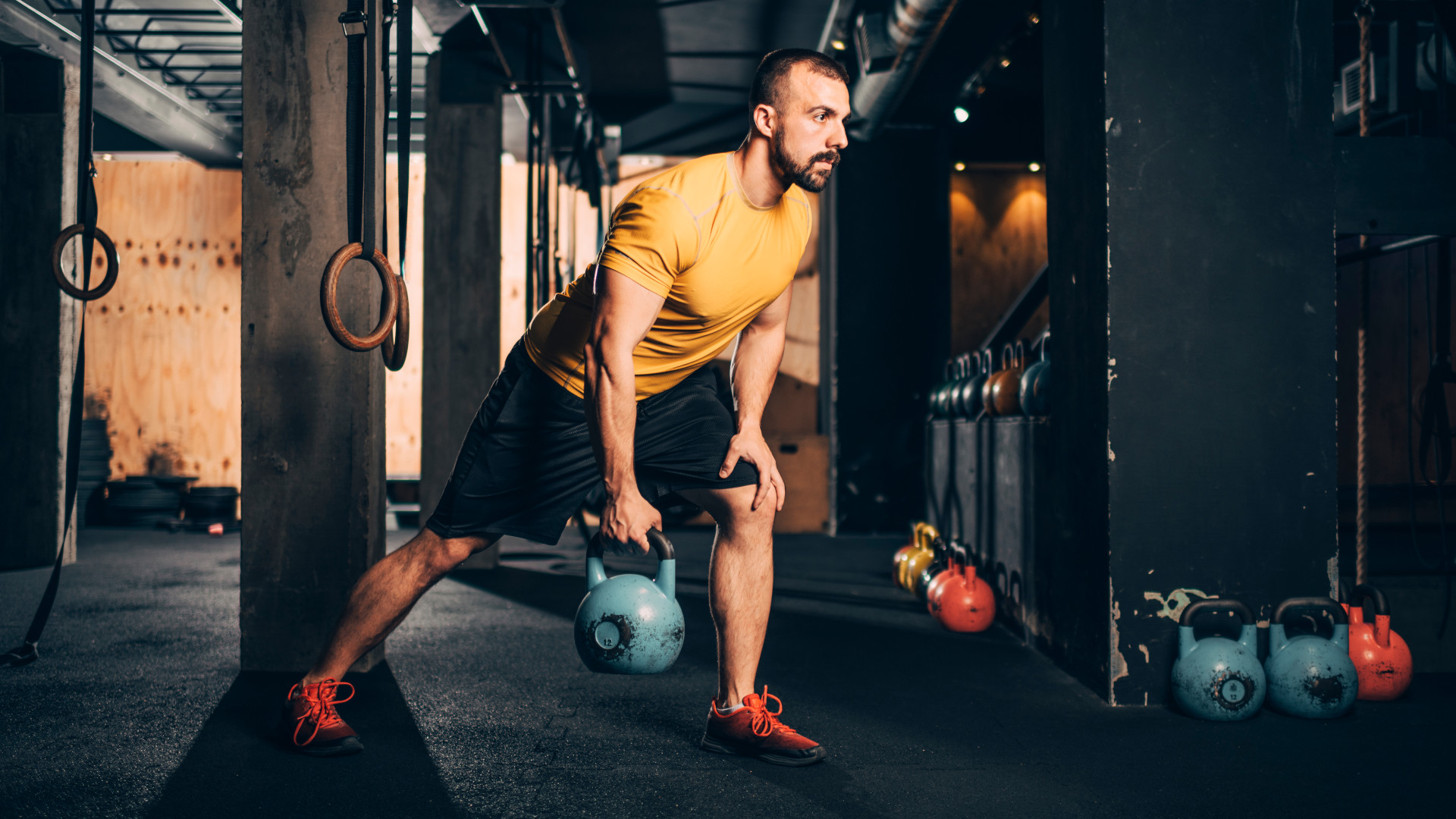
One kettlebell, seven exercises and 30 minutes to build muscle all over and increase strength
A simple strength workout that gets the job done
By Bryony Firth-Bernard Published
-
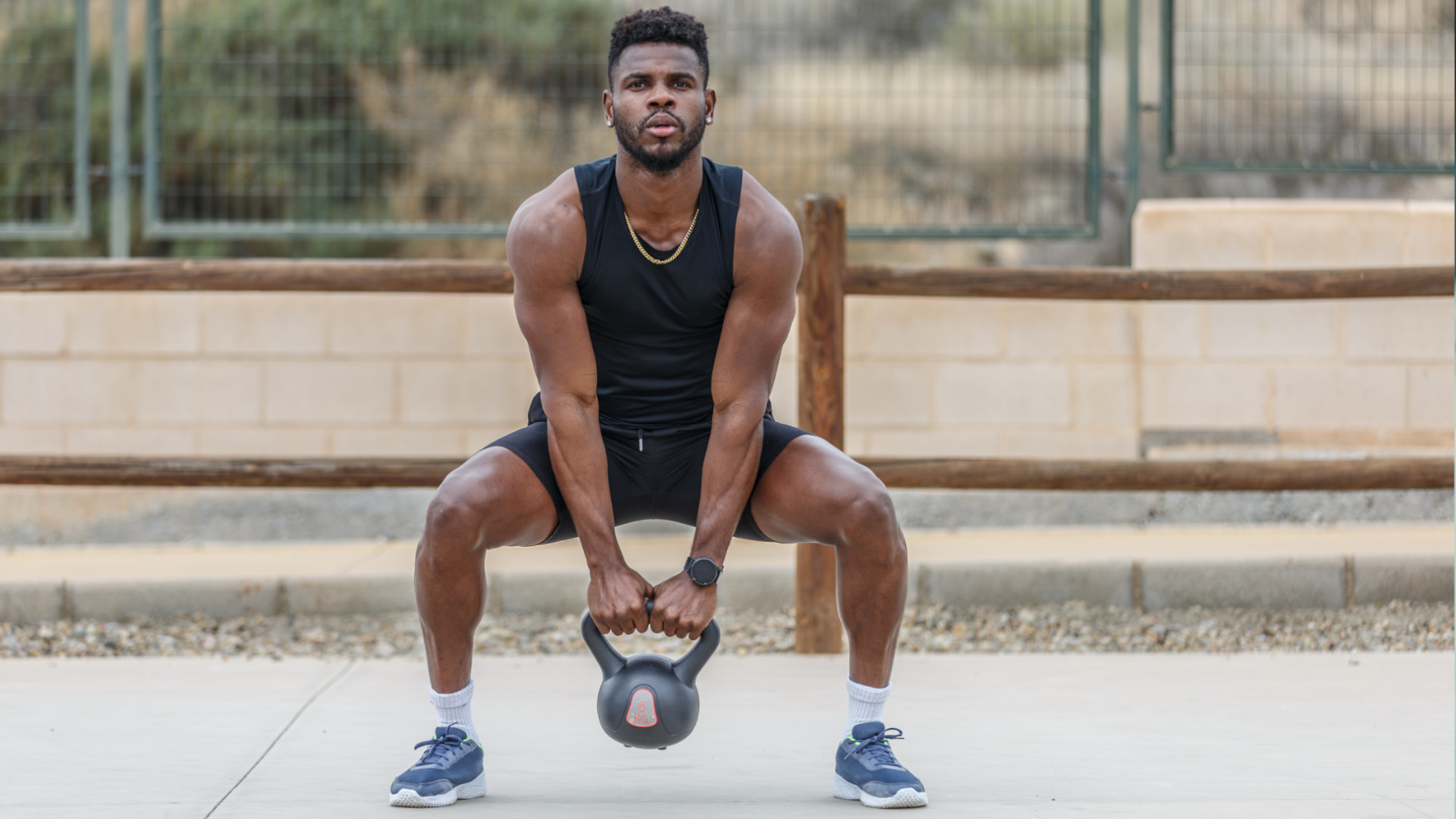
Build total-body strength and blast calories with this 20 minute kettlebell workout
No time? No stress. This five-move workout hits your body from all angles whilst delivering a metabolism boost
By Bryony Firth-Bernard Published
-
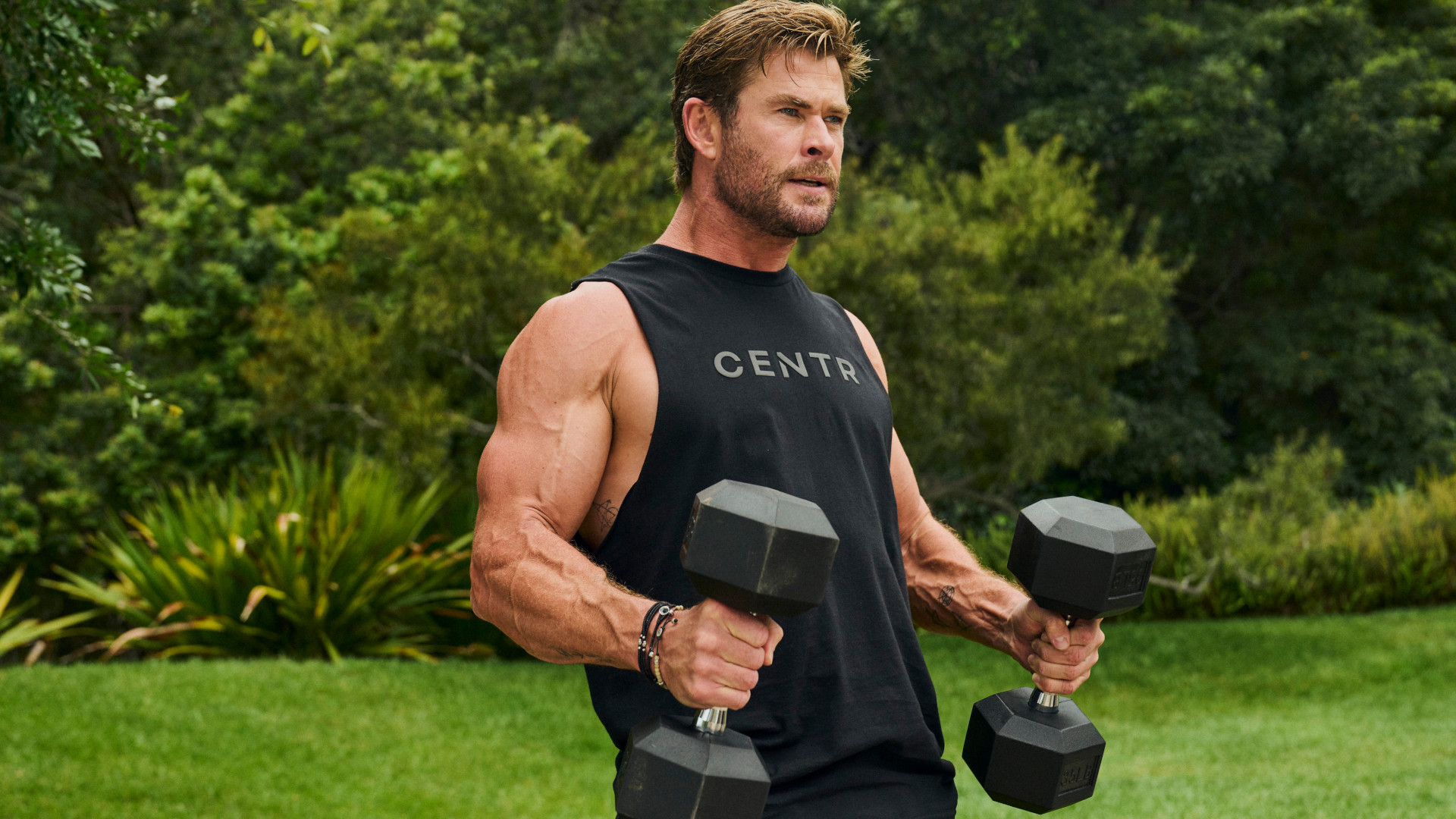
Chris Hemsworth’s personal trainer shares a simple dumbbell workout to build massive arm muscles
This six-move workout from Celebrity trainer, Luke Zocchi, will add serious muscle to your biceps and triceps
By Bryony Firth-Bernard Published
-
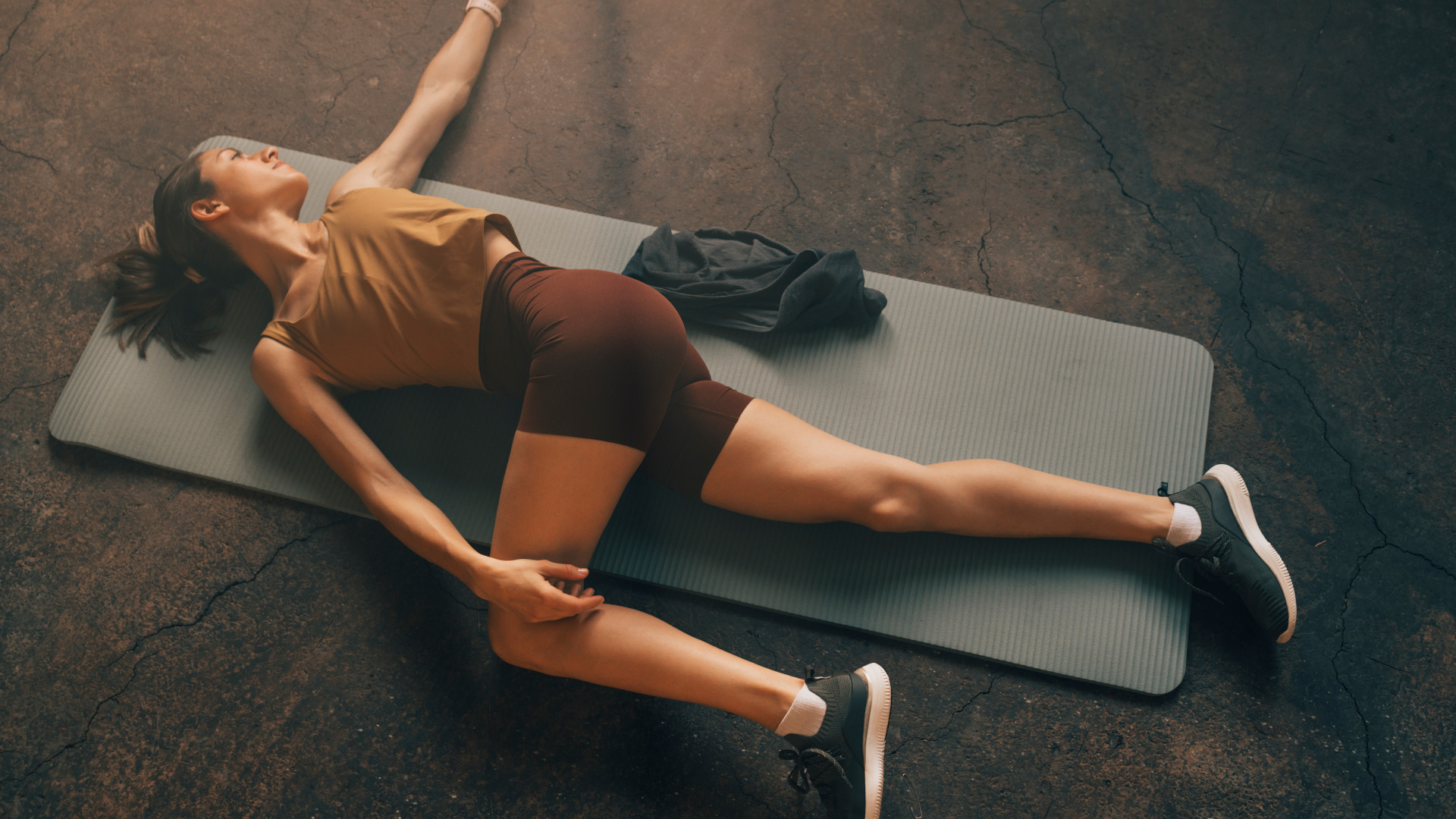
Tired of a bad lower back? Bulletproof it with these three simple exercises
A fitness expert shares three easy moves you can do straight from the comfort of your home
By Bryony Firth-Bernard Published
-
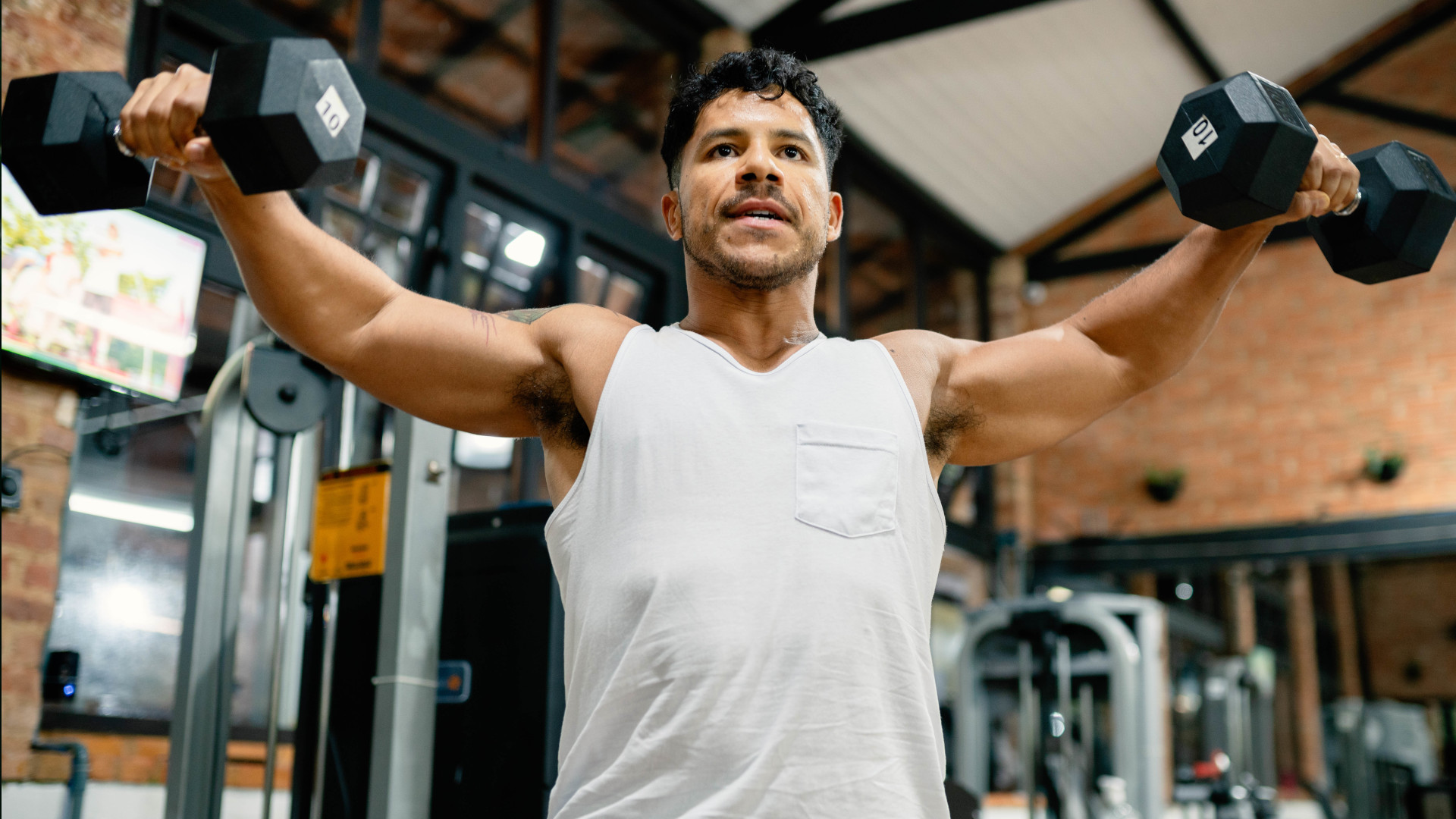
You don’t need the gym – build boulder shoulders with this dumbbell-only workout
You’ll have delts for days after doing these five exercises
By Bryony Firth-Bernard Published
-
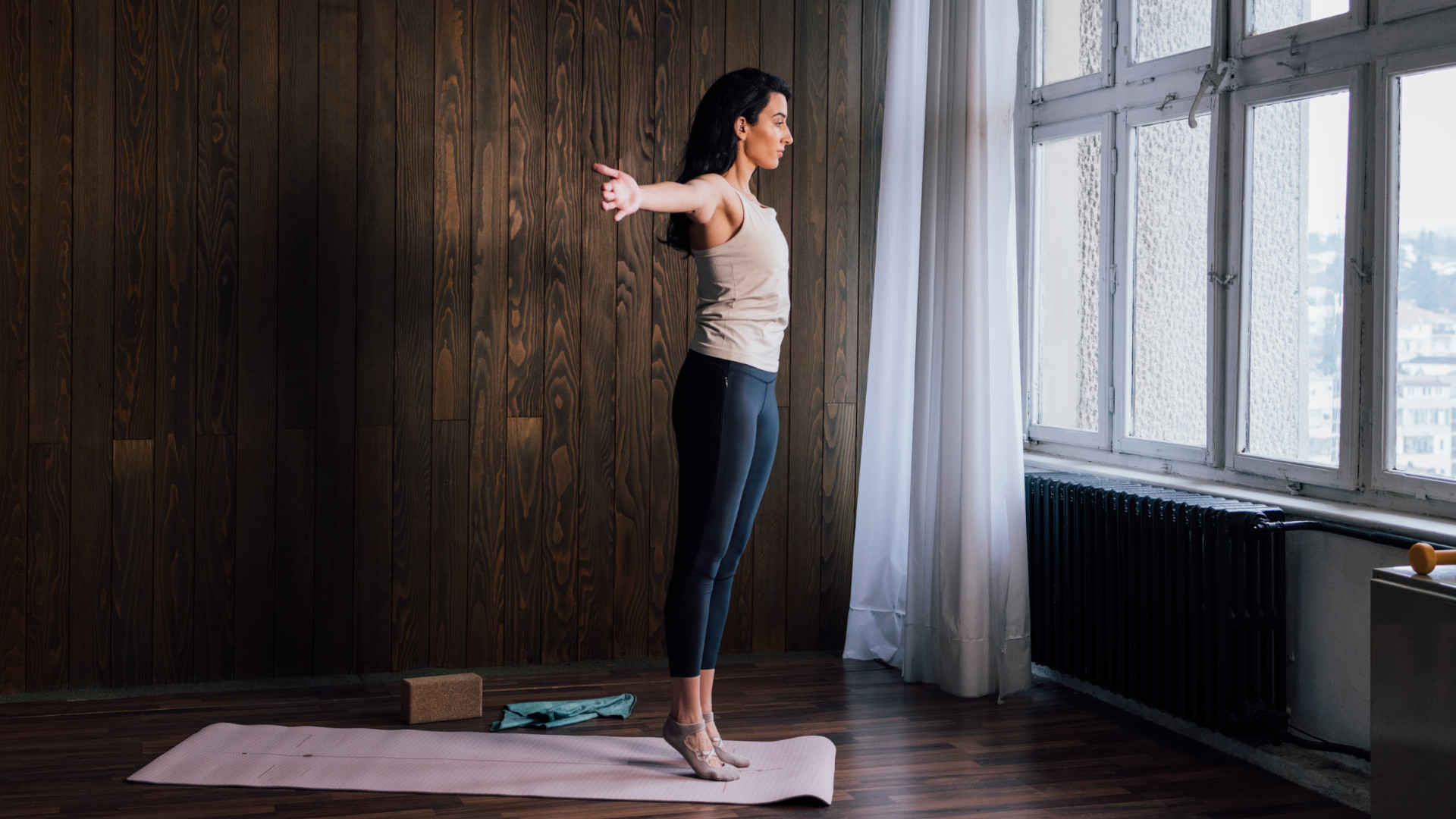
Try these 7 standing Pilates exercises to help build better balance and stability
This low-impact standing routine is ideal if you struggle with floor-based exercises
By Bryony Firth-Bernard Last updated
-
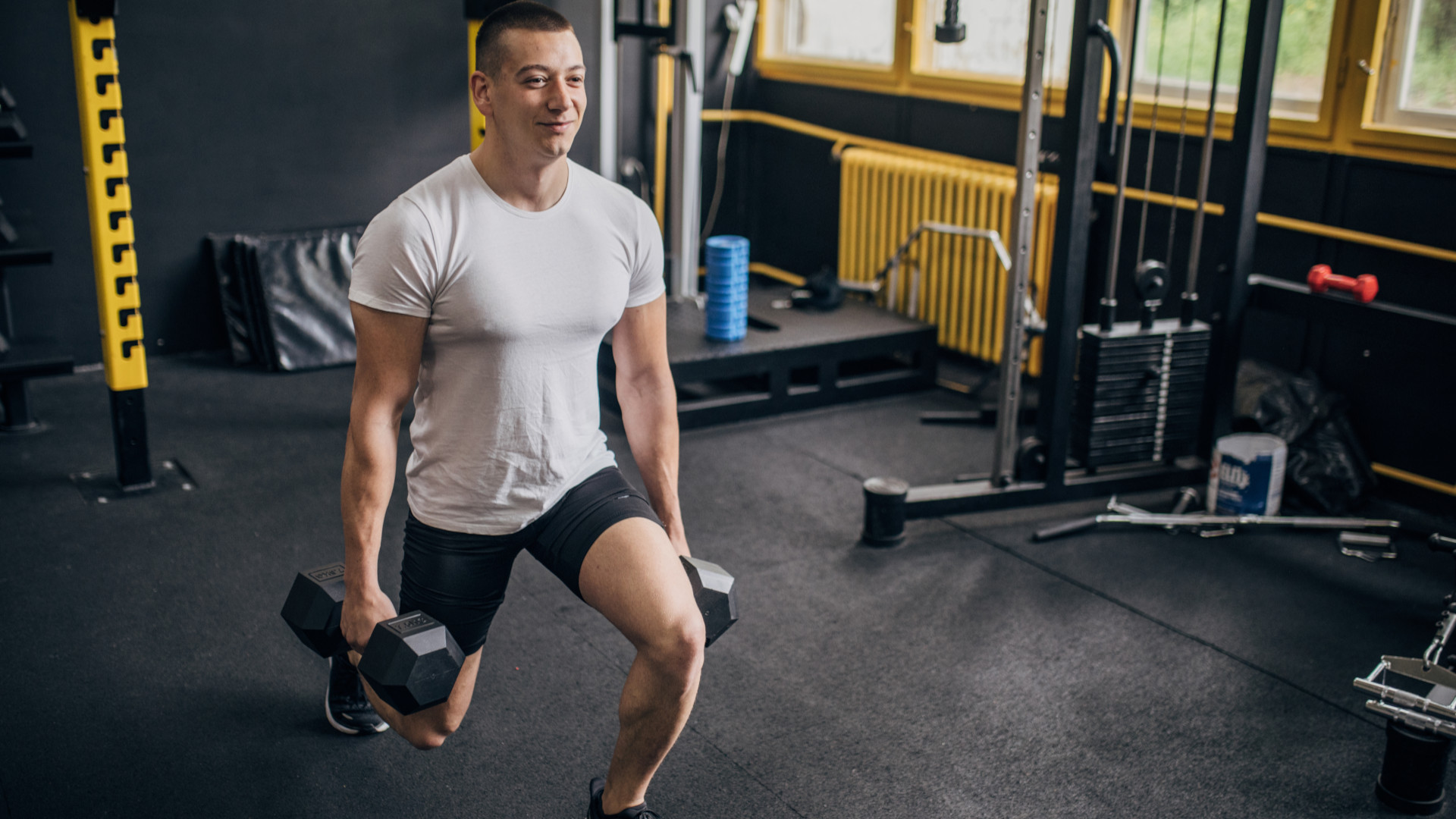
Two dumbbells and these four exercises to build a stronger lower body if you’re a beginner
This simple four-move workout shows that weight training doesn't need to be complicated
By Bryony Firth-Bernard Published
-
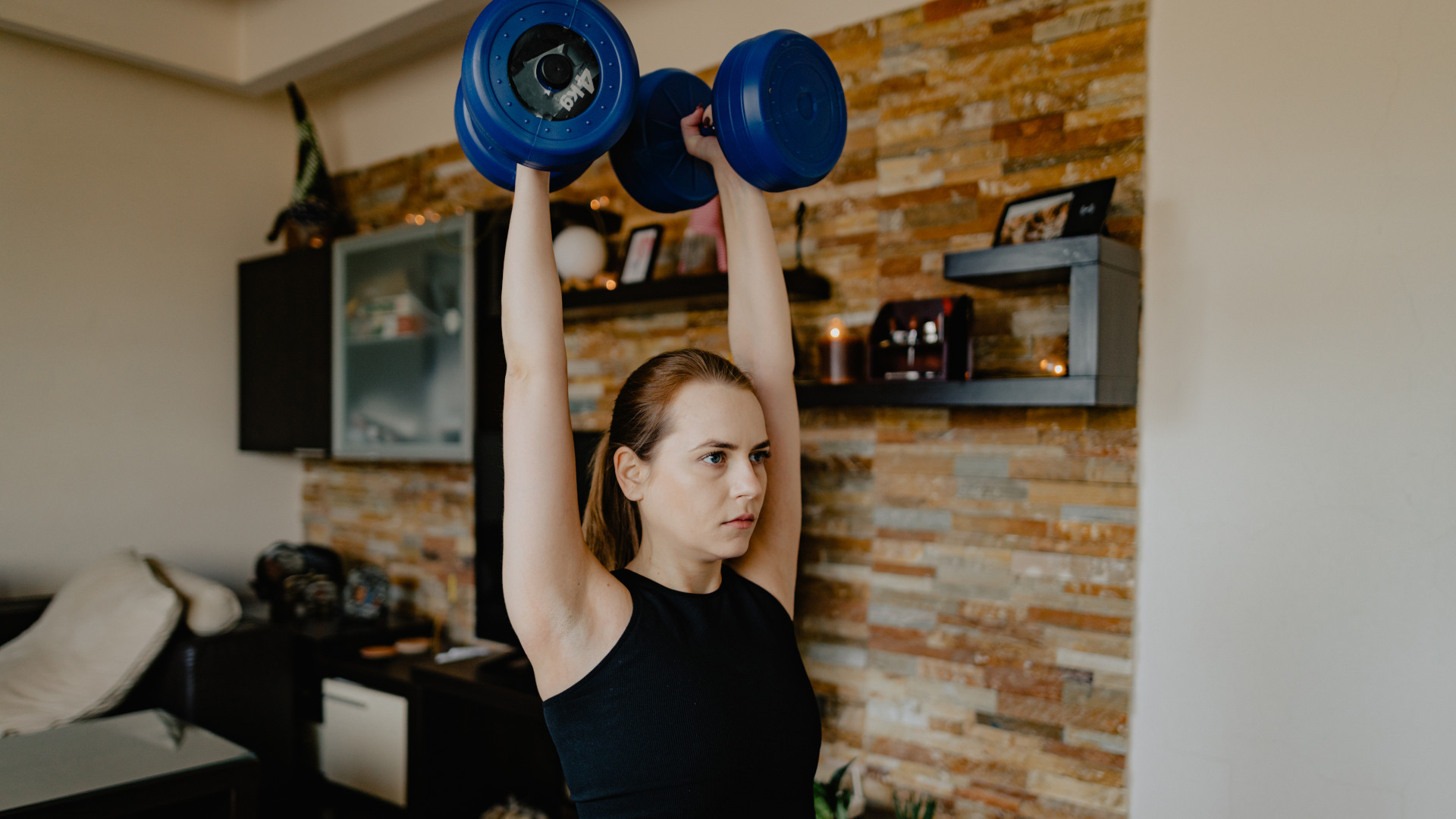
Skip the gym – this 20-minute standing dumbbell is low-impact and strengthens the entire body
It's ideal if you have limited mobility too
By Bryony Firth-Bernard Published
-
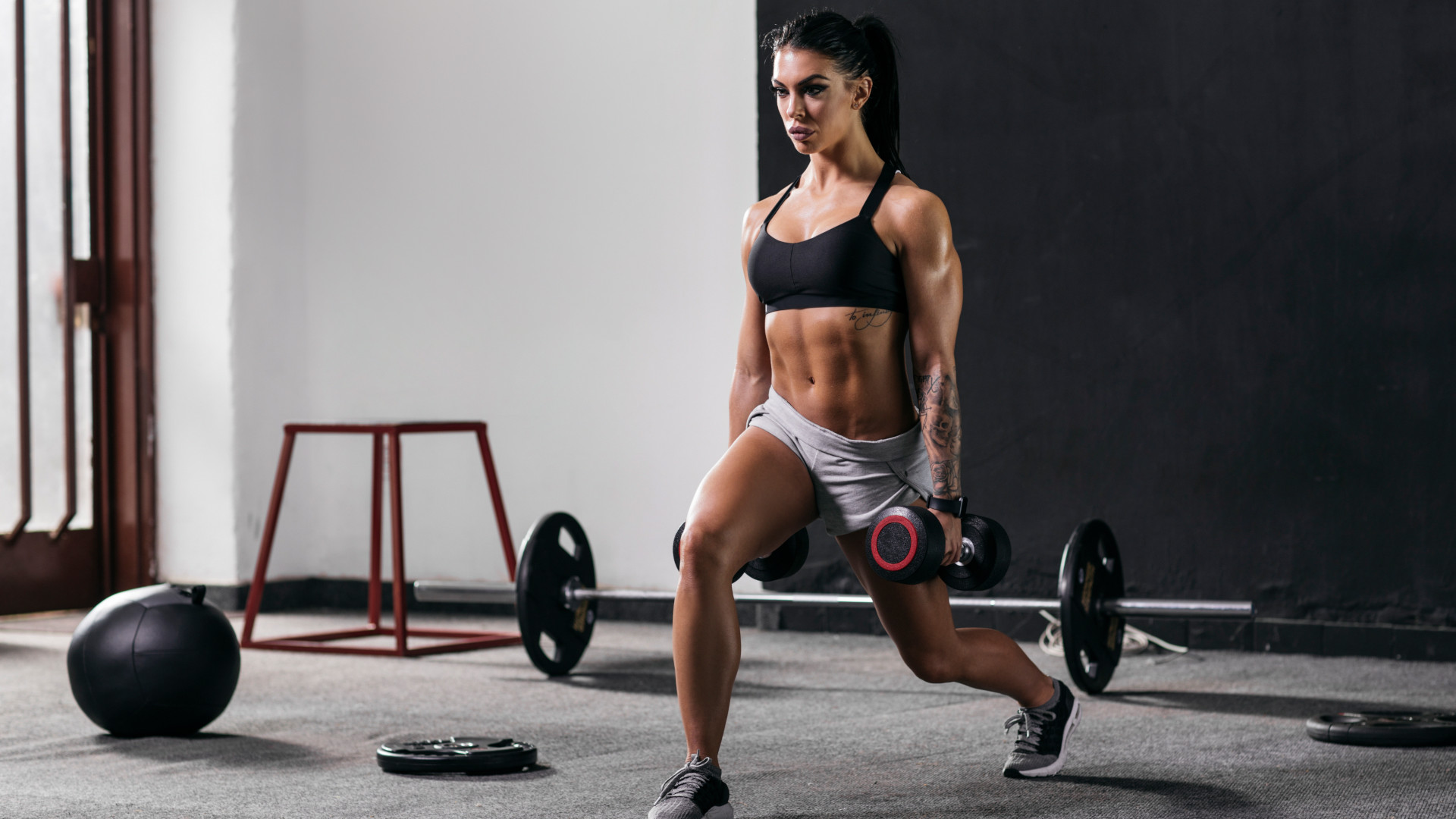
Pass the gym – build strength all over and boost your metabolism with this 20 minute dumbbell workout
Get strong, build muscle and burn fat with just a pair of dumbbells
By Bryony Firth-Bernard Published
-
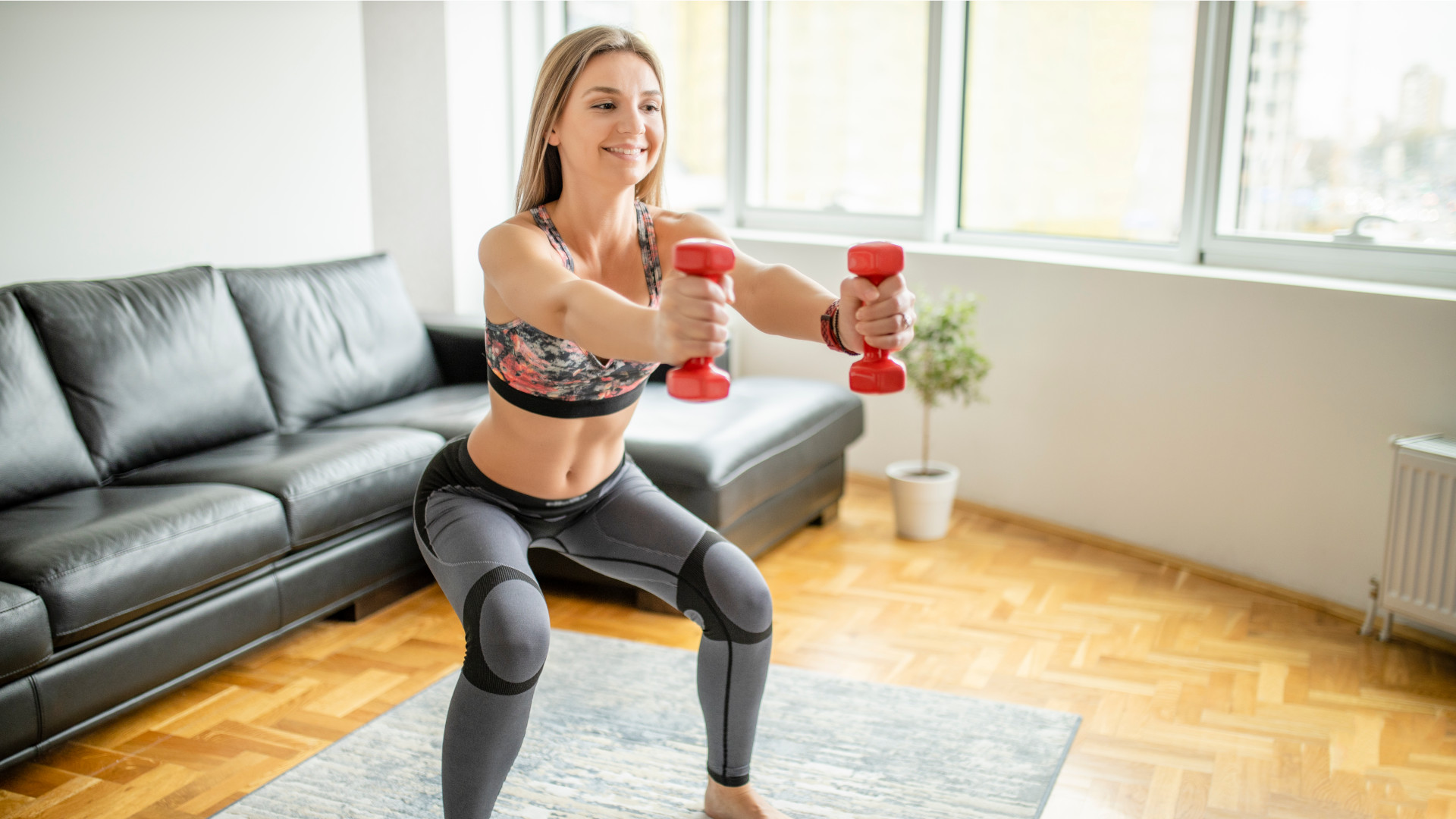
Forget burpees – this 20-minute workout boosts your metabolism with no jumping
Get your heart pumping with this no-jump workout
By Bryony Firth-Bernard Published
-

Two dumbbells, 30 minutes, and six exercises to build muscle all over and a stronger core
A simple home workout to add muscle all over and boost strength
By Bryony Firth-Bernard Published
-
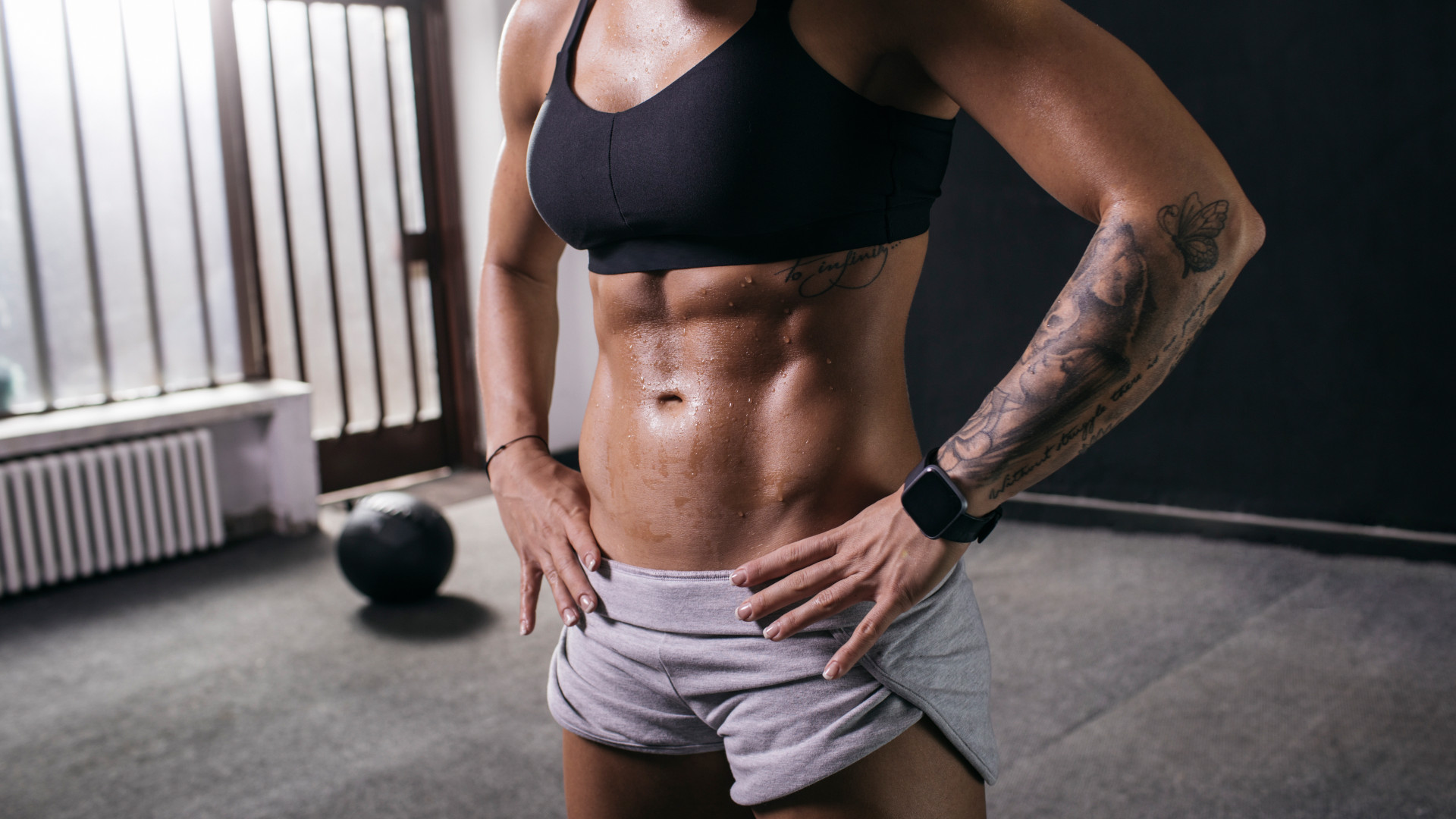
Tired of crunches? A fitness trainer recommends these five standing exercises for better core strength and stability
They're also great for improving posture too
By Bryony Firth-Bernard Published
-
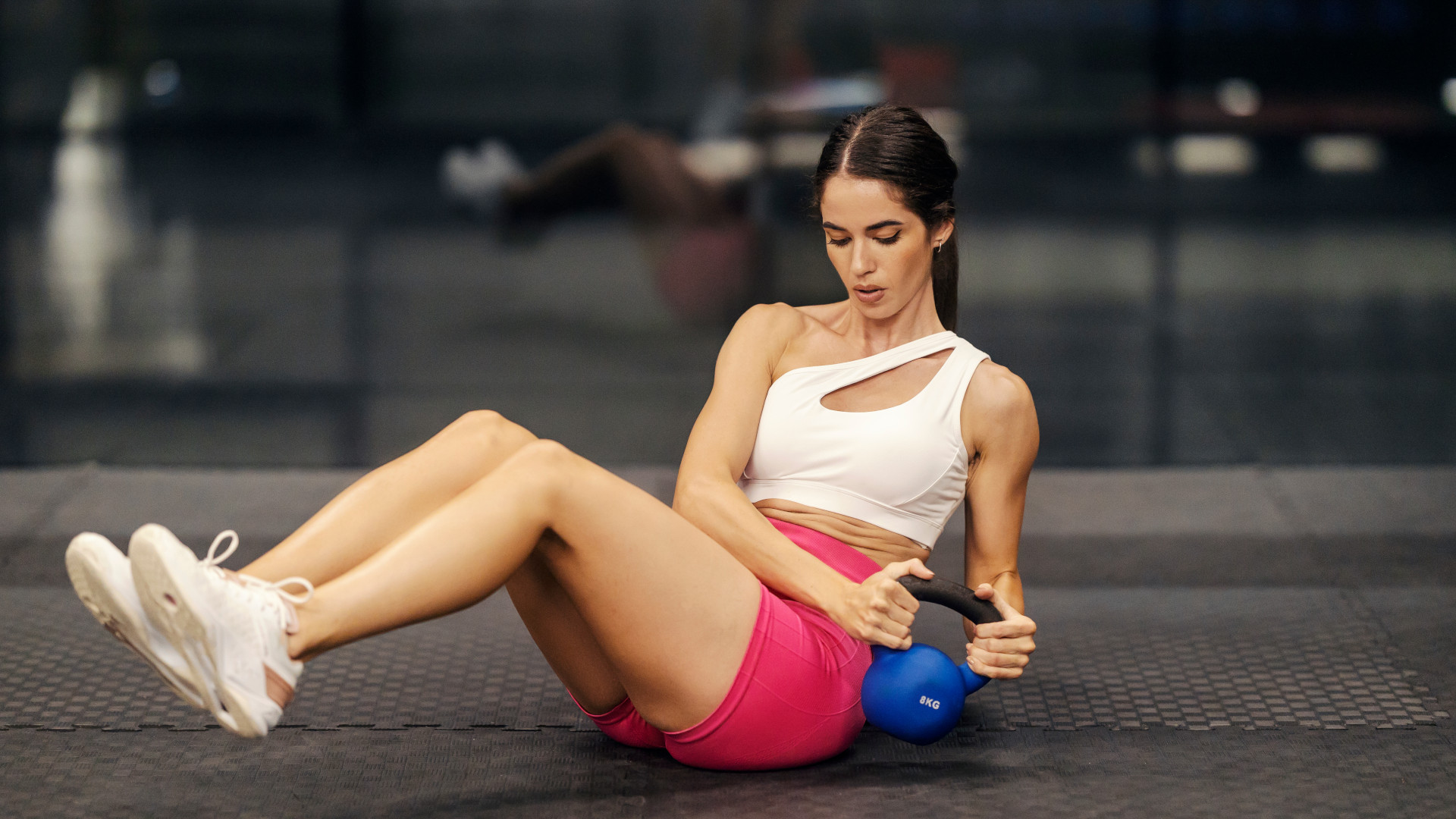
One kettlebell, 10 minutes and these five exercises to build a strong core and improve posture
A strong core is the gateway to better movement, fewer injuries and bigger lifts
By Bryony Firth-Bernard Published
-
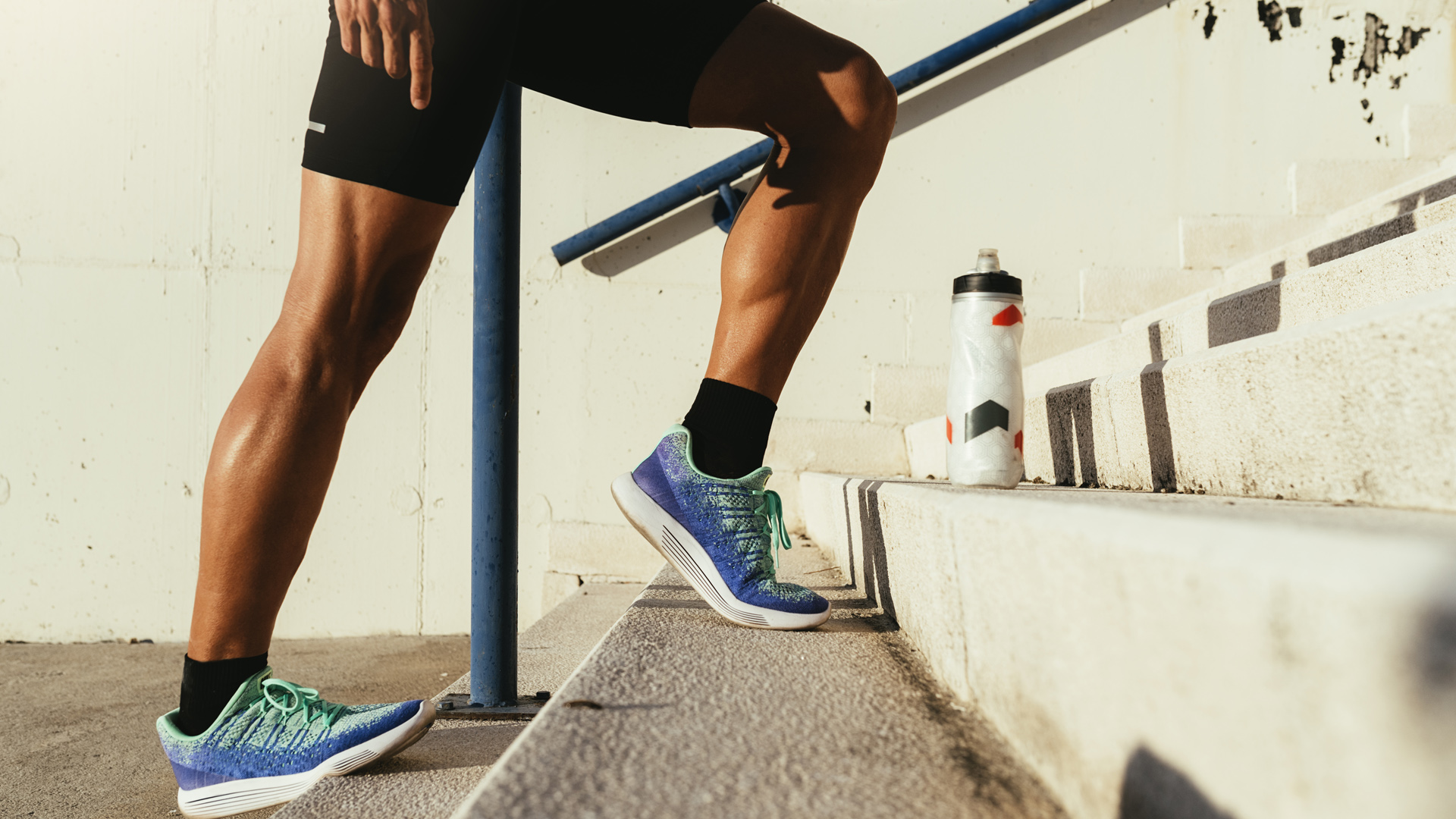
Osteopathic therapist recommends three exercises to fix Runner's Knee in just three minutes a day
Knee pain, be gone!
By Matt Kollat Published
-
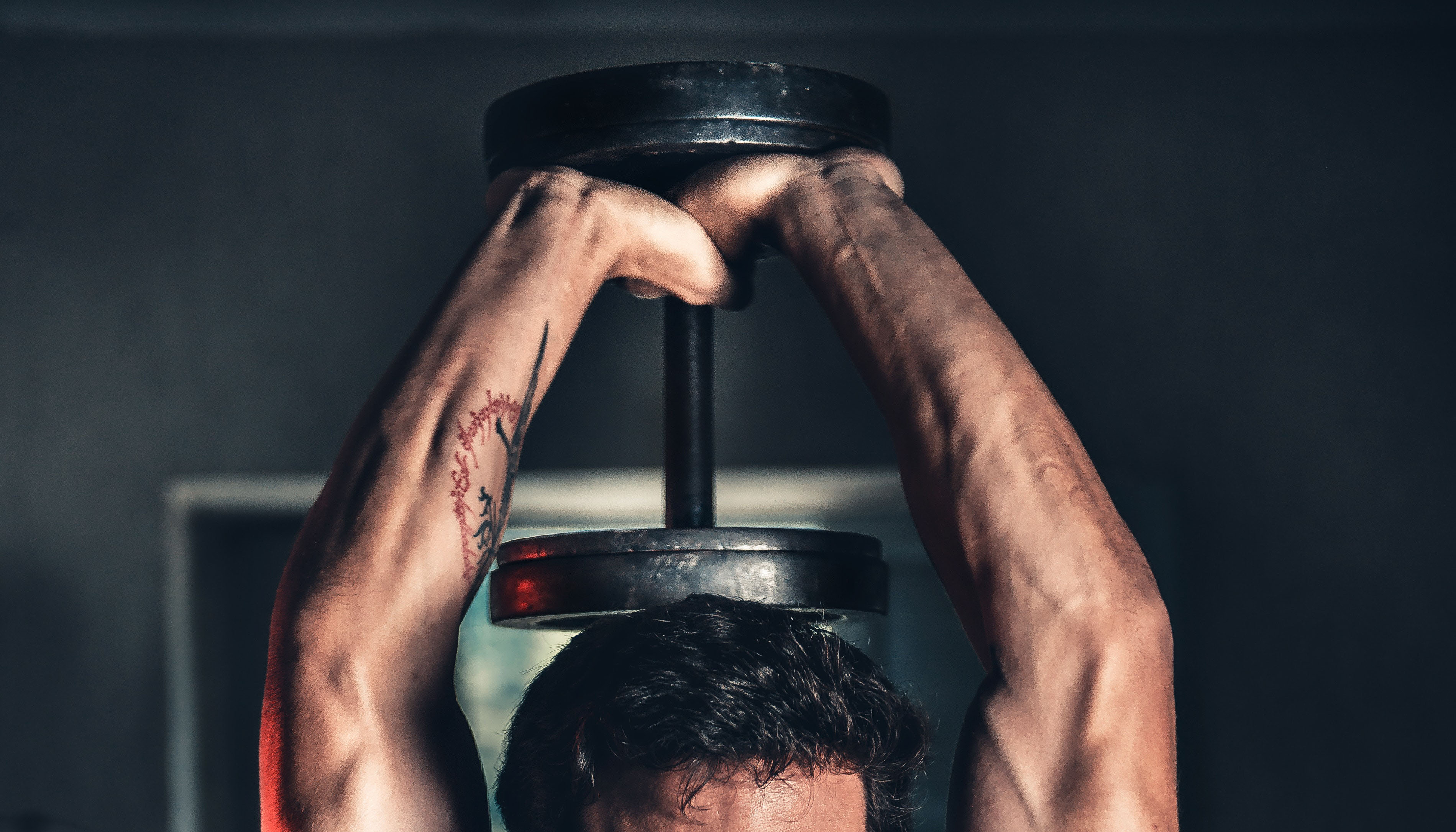
Best dumbbells 2025 for your home gym workouts
We've found the best dumbbells to help you build muscle, increase strength, and burn fat
By Bryony Firth-Bernard Last updated
-
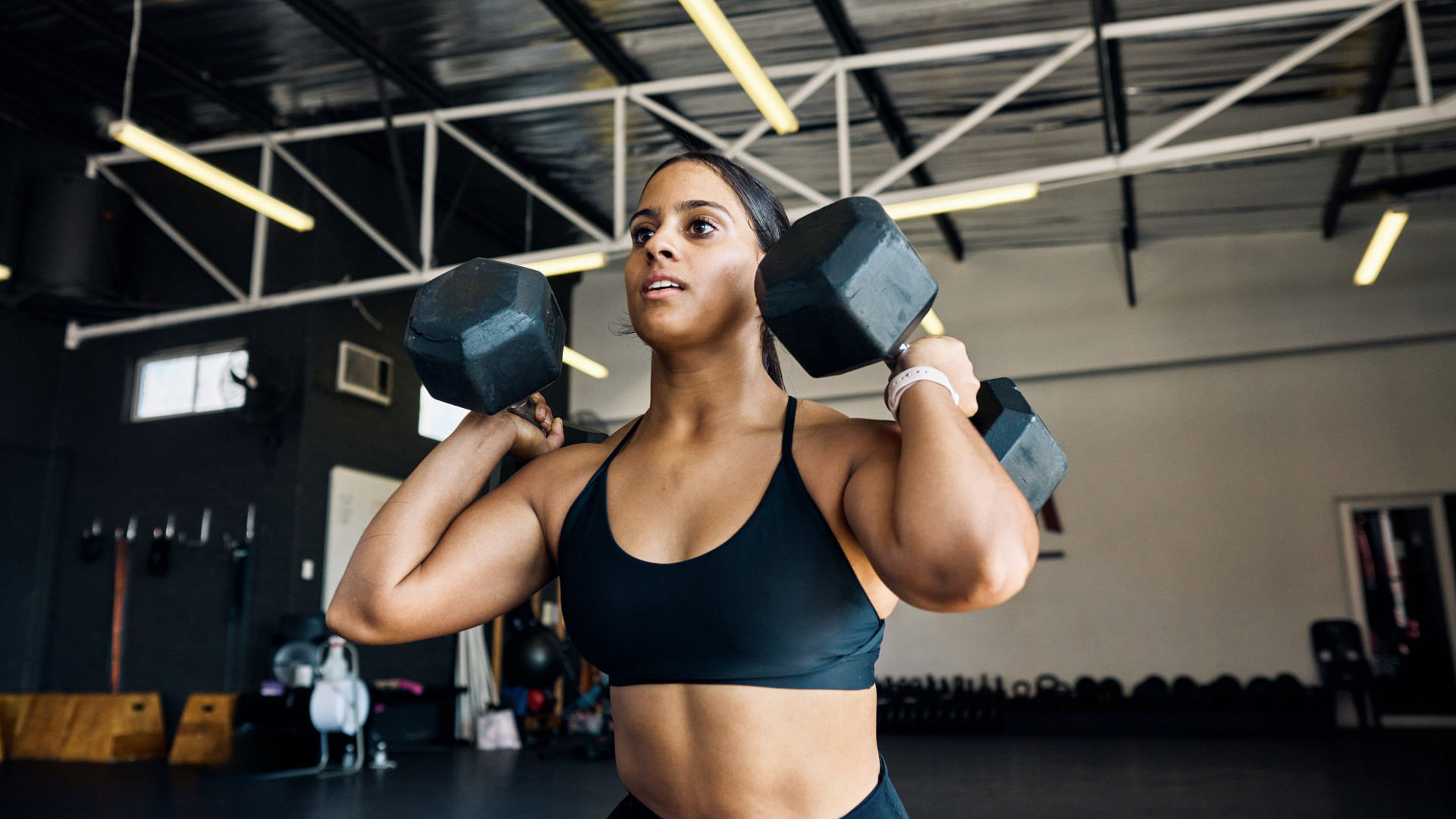
Build functional strength in 30 minutes with two dumbbells and these four exercises
Bend, lift and carry items easier (and look good while doing it)
By Bryony Firth-Bernard Published
-
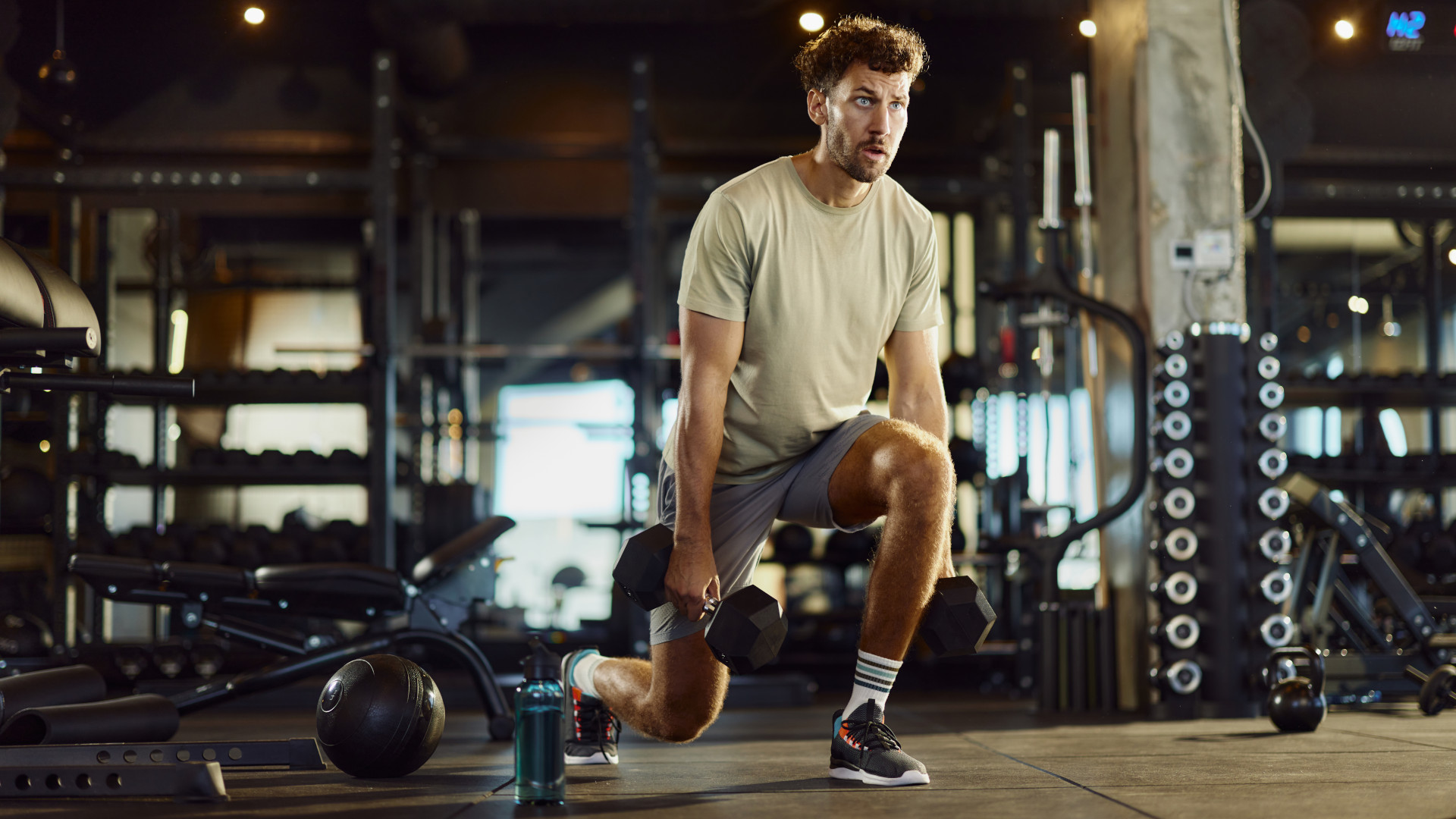
You don’t need to run – this full-body dumbbell workout burns fat, builds muscle and boosts your cardio health
The many benefits of lifting weights
By Bryony Firth-Bernard Published
-
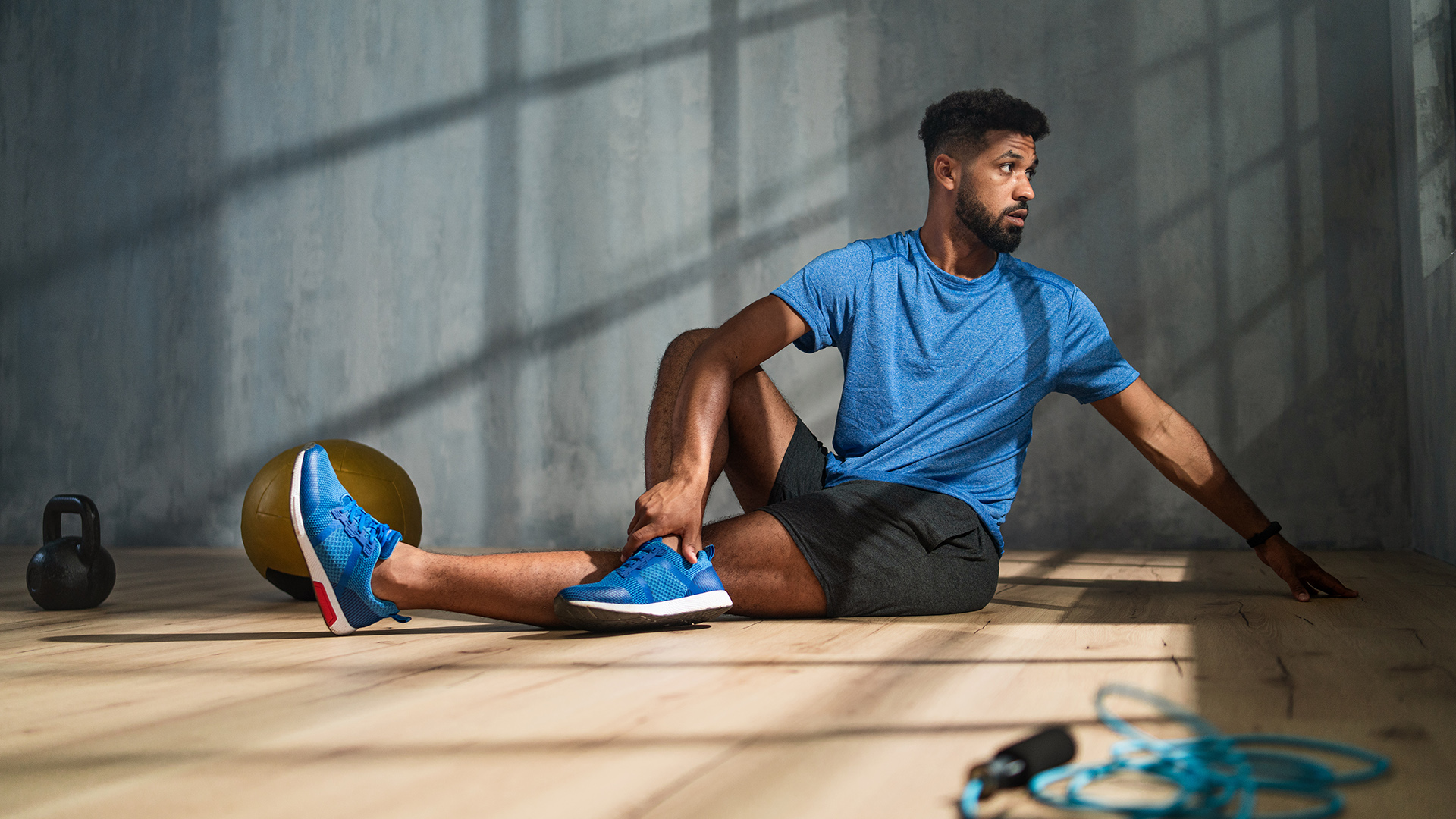
Unlock faster runs and deeper squats with these 4 hip mobility exercises
Think stretching is enough? These hip moves could CHANGE YOUR LIFE
By Matt Kollat Published
-
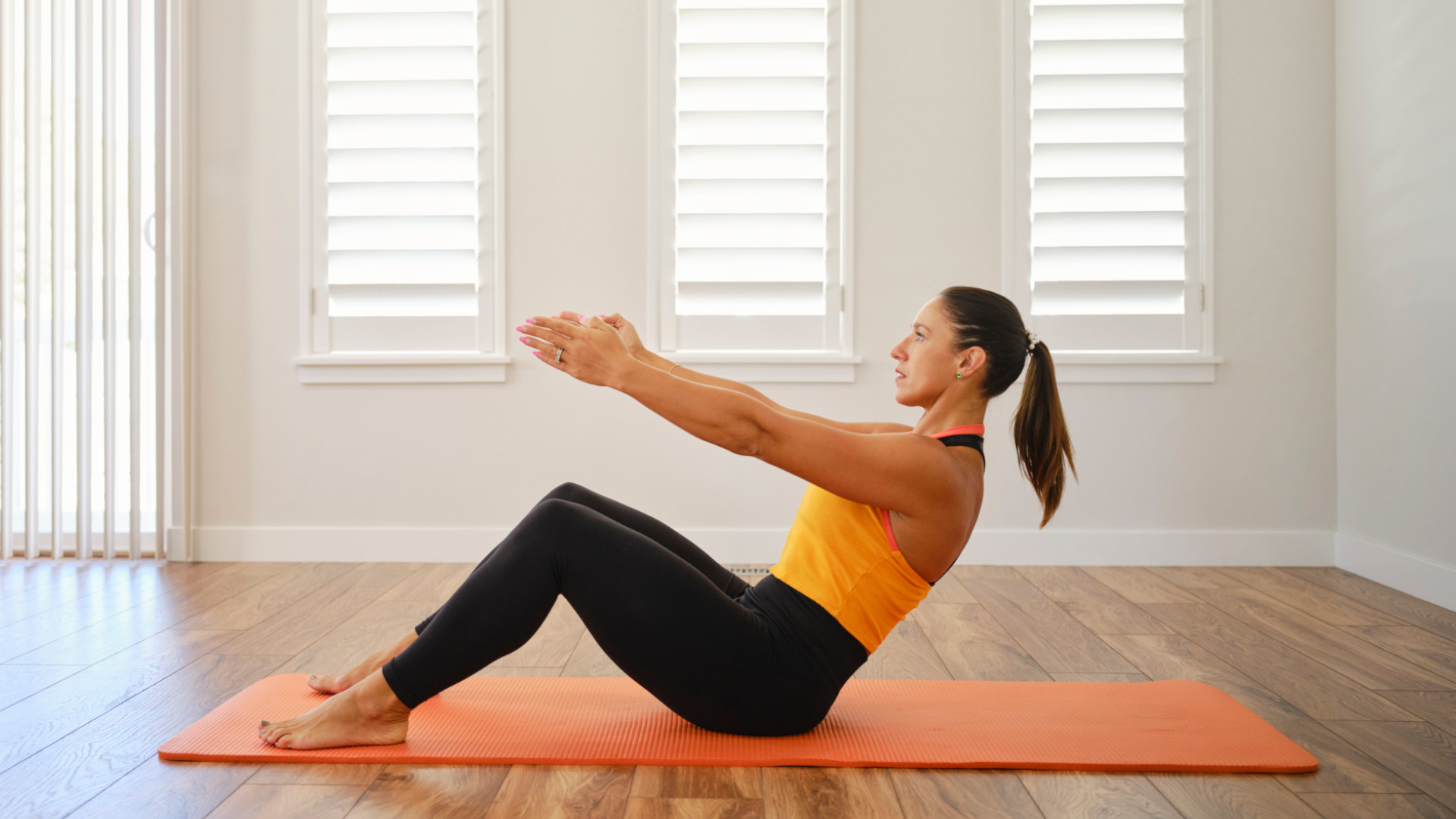
Sculpt your abs and strengthen your core with this six-minute Pilates workout
It’s a bodyweight burner that will leave your midsection on fire
By Bryony Firth-Bernard Published
-
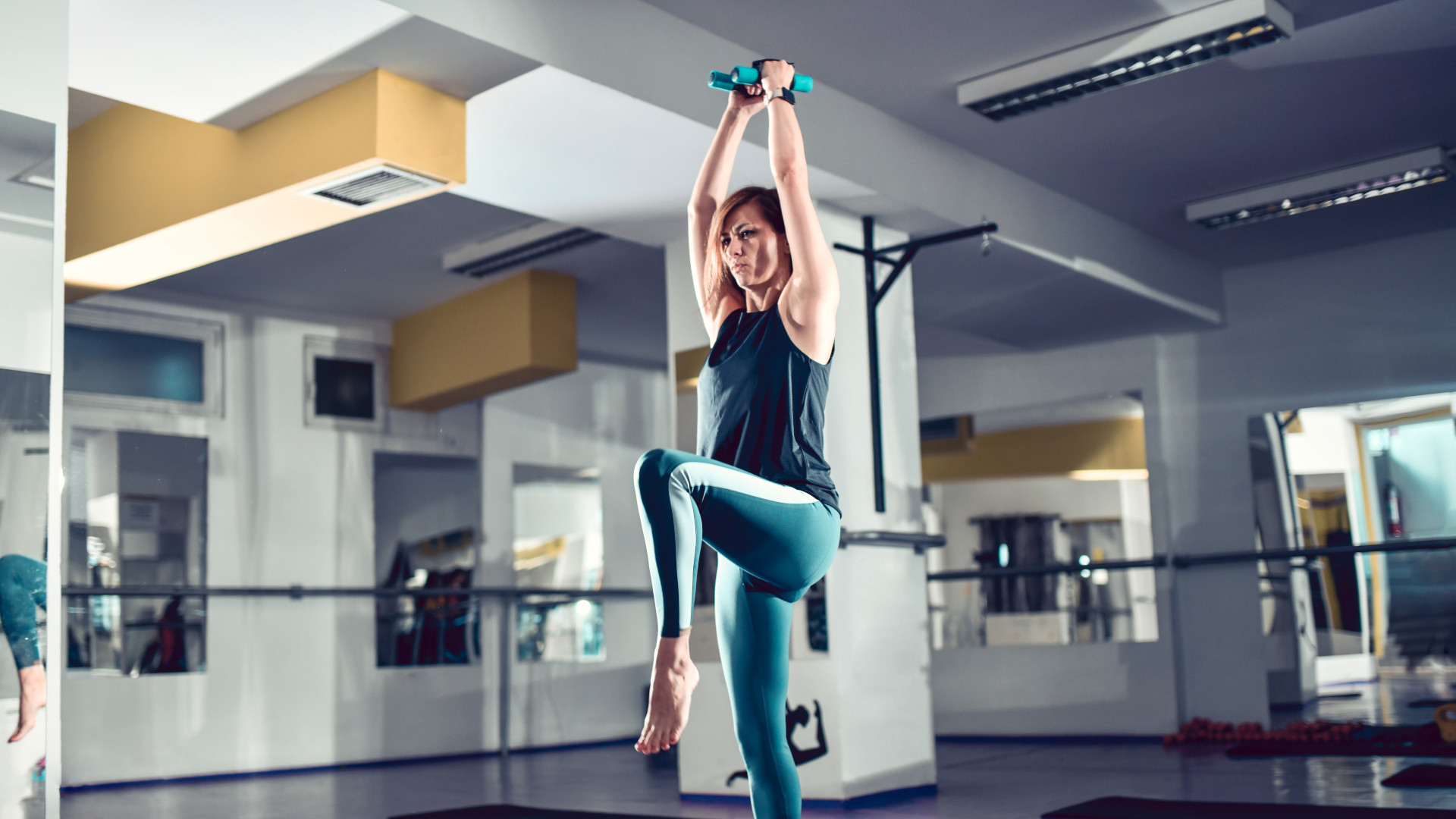
No sit-ups — just this four-move standing ab workout to build a stronger core
By Bryony Firth-Bernard Published
-
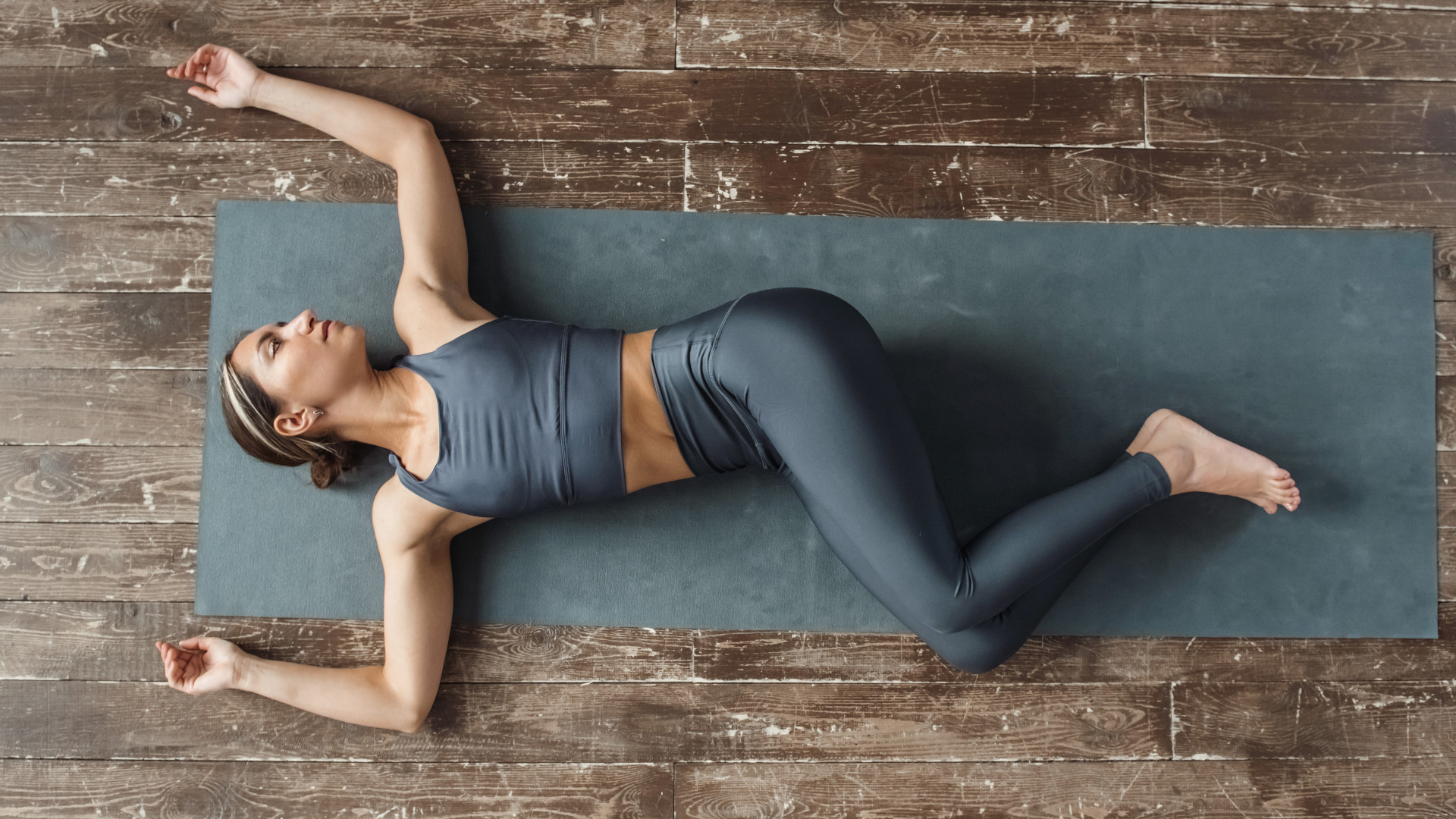
A stretchologist shares five dynamic stretches to boost mobility and relieve tension in the lower back
Ideal if you’ve had a long day sitting at a desk or are warming up for a workout
By Bryony Firth-Bernard Published
-
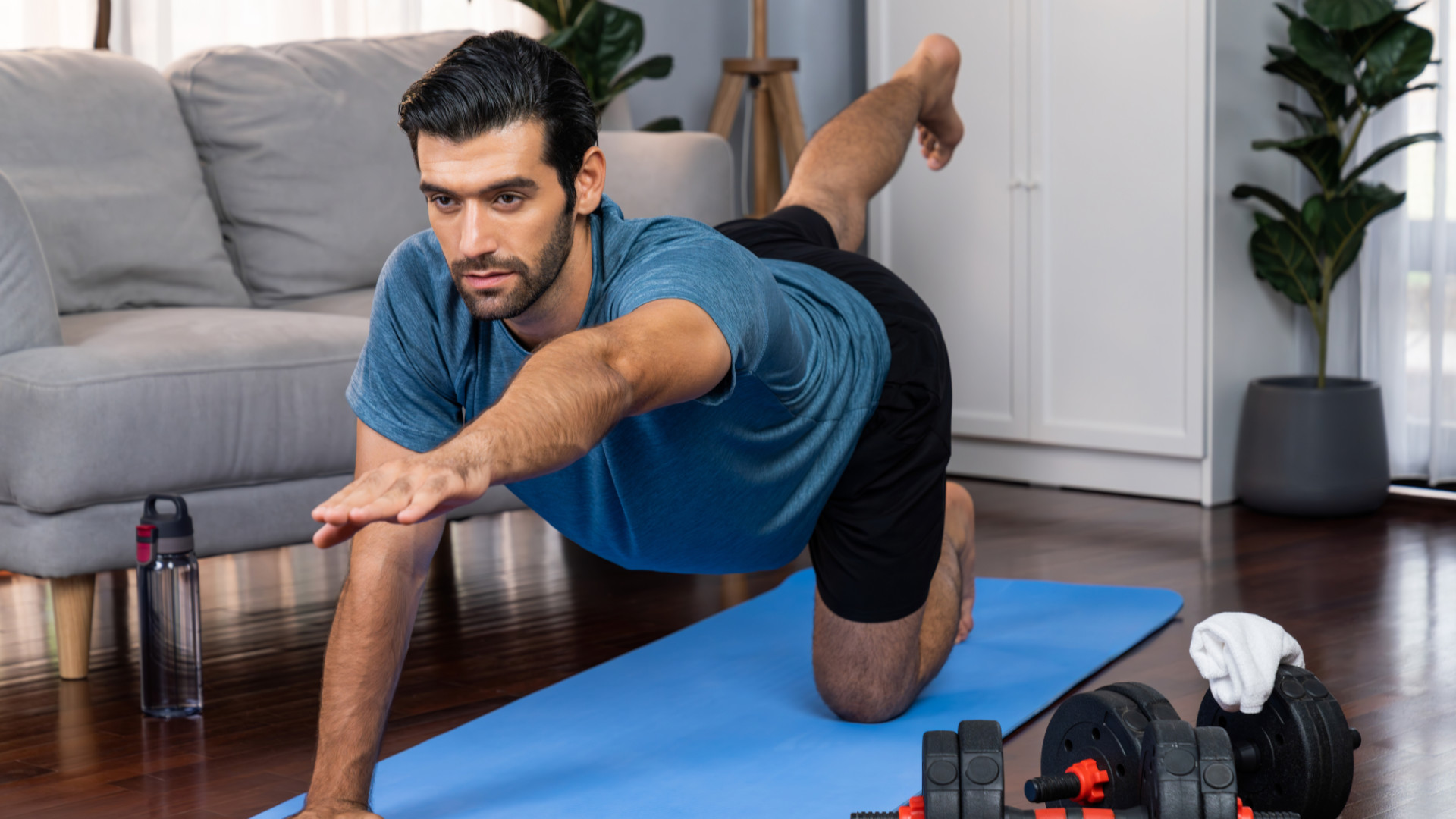
Three bodyweight exercises to strengthen your core and lower back, according to an expert
A stronger core can relieve pain, reduce injuries and help you move better
By Bryony Firth-Bernard Published
-
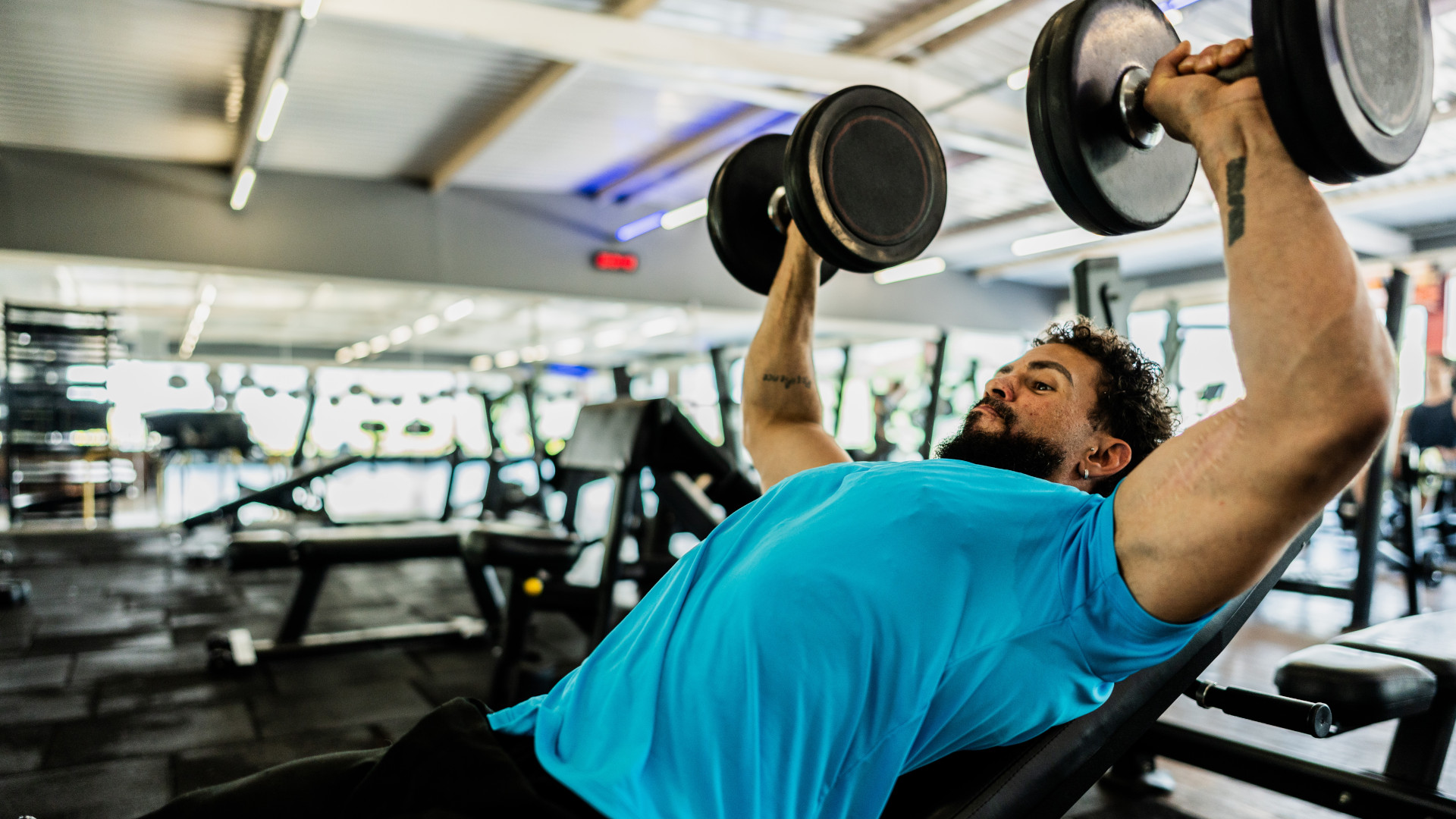
A sports scientist says this three-move chest workout delivers a “crazy pec pump”
And you can do it at home or the gym
By Bryony Firth-Bernard Published
-
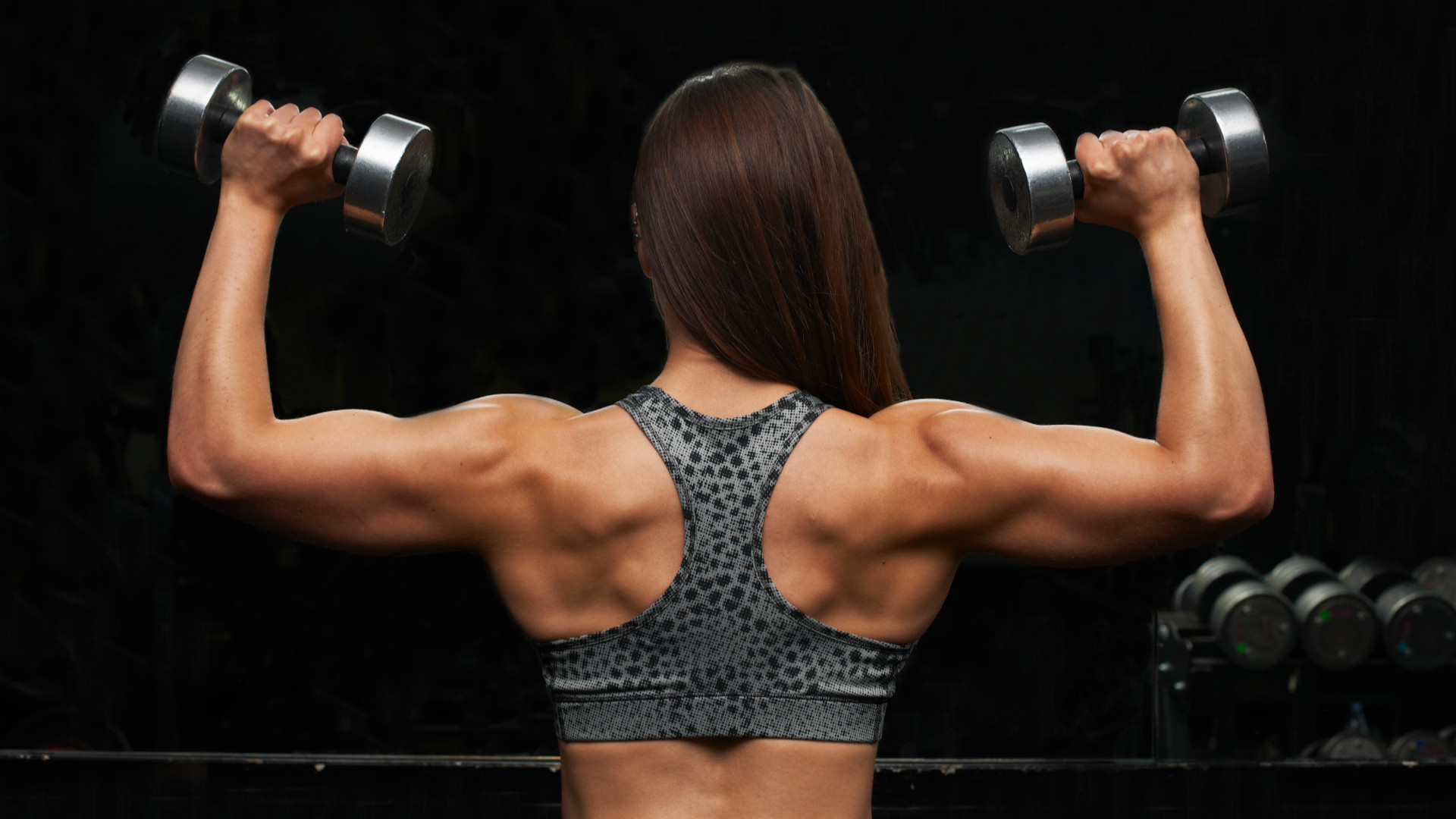
No pull-ups needed — sculpt a wider back with this five-move dumbbell workout
No gym required
By Bryony Firth-Bernard Published
-
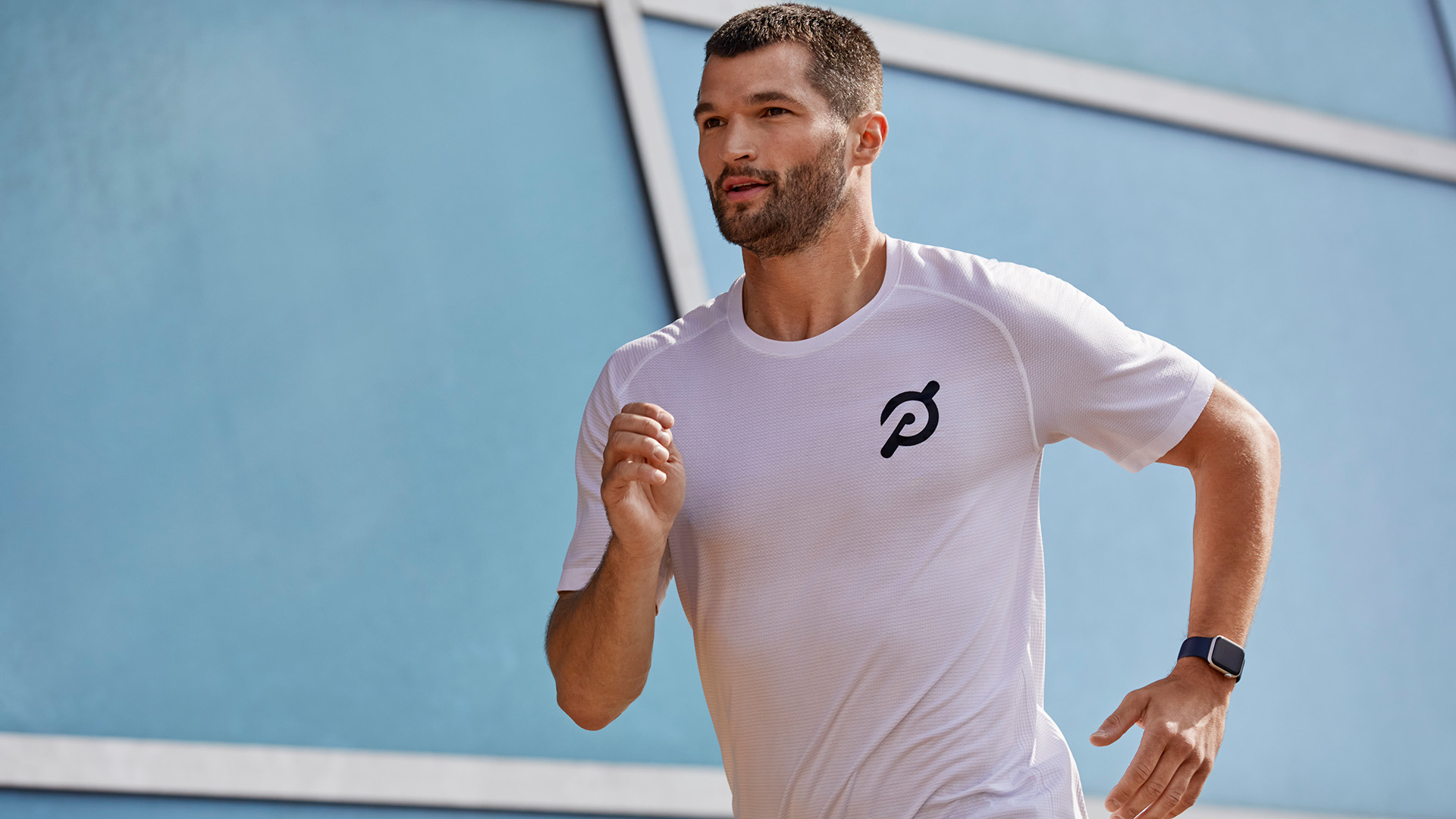
Peloton could add an all-new class type as part of a major update
And you won't need to splash out much on new equipment
By Britta O'Boyle Published
-
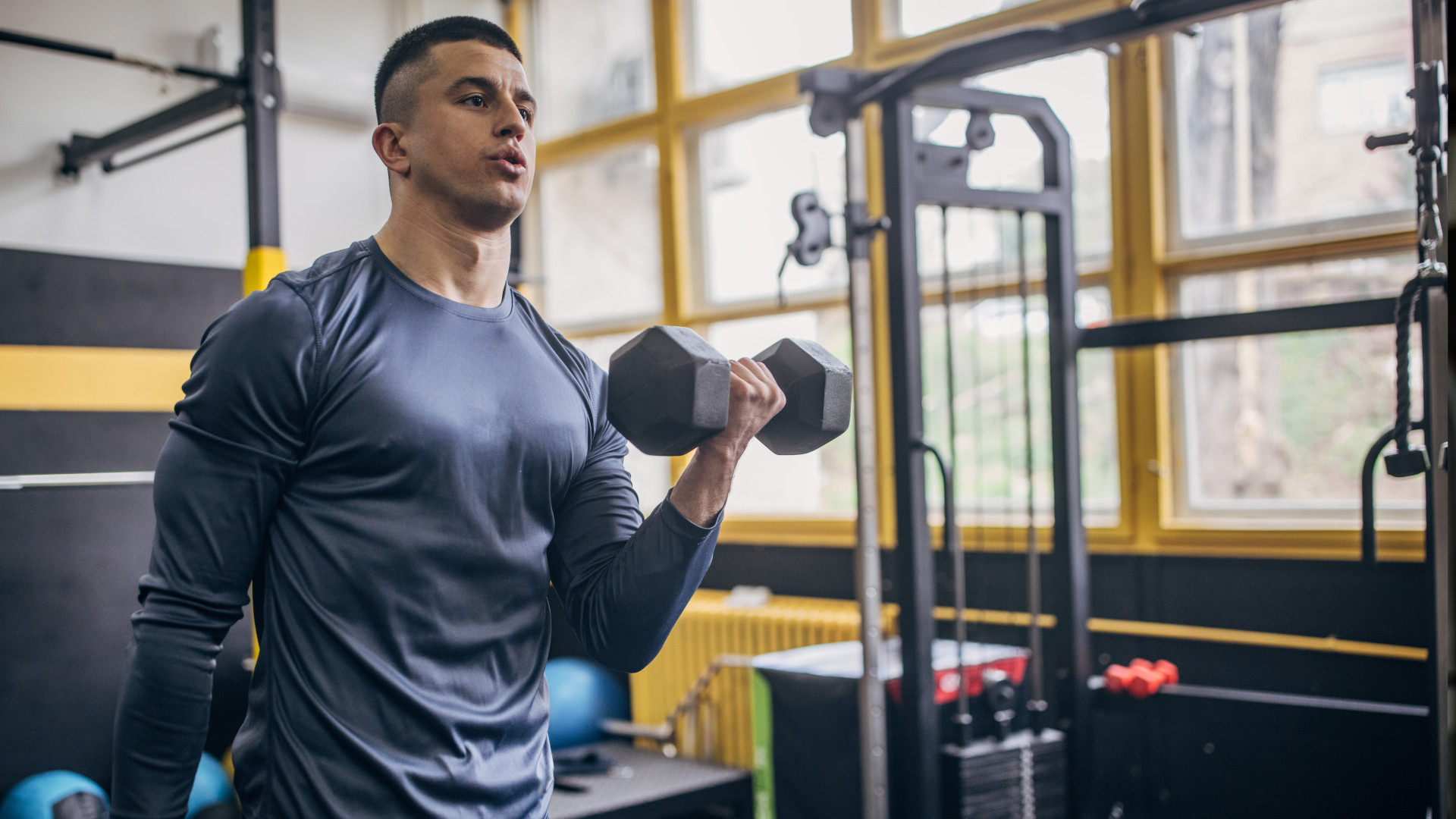
You only need two dumbbells, 30 minutes and this five-move workout to grow your arms
Your t-shirt sleeves will feel fuller by the time you’ve finished
By Bryony Firth-Bernard Published
